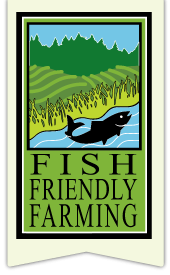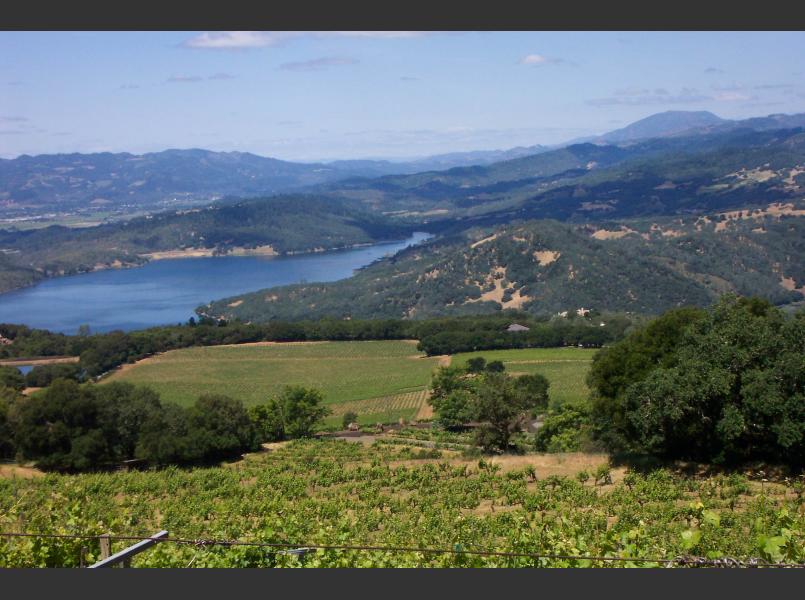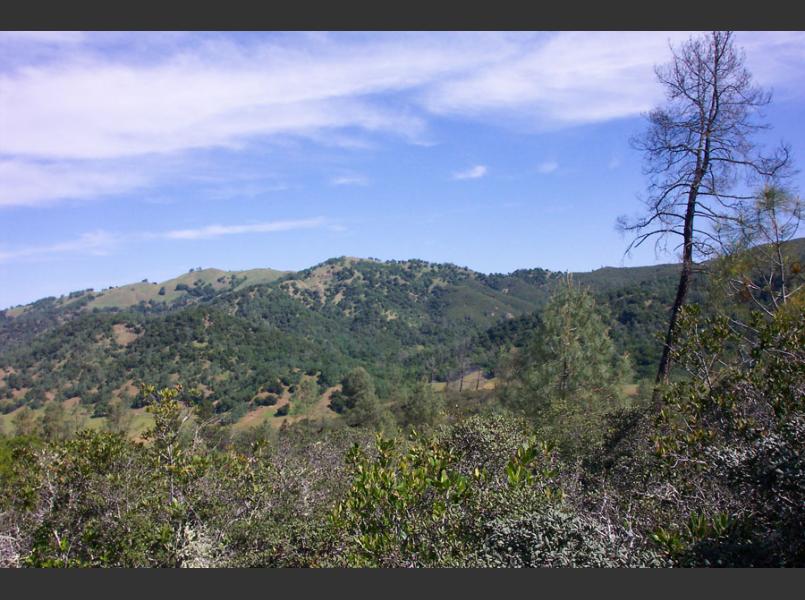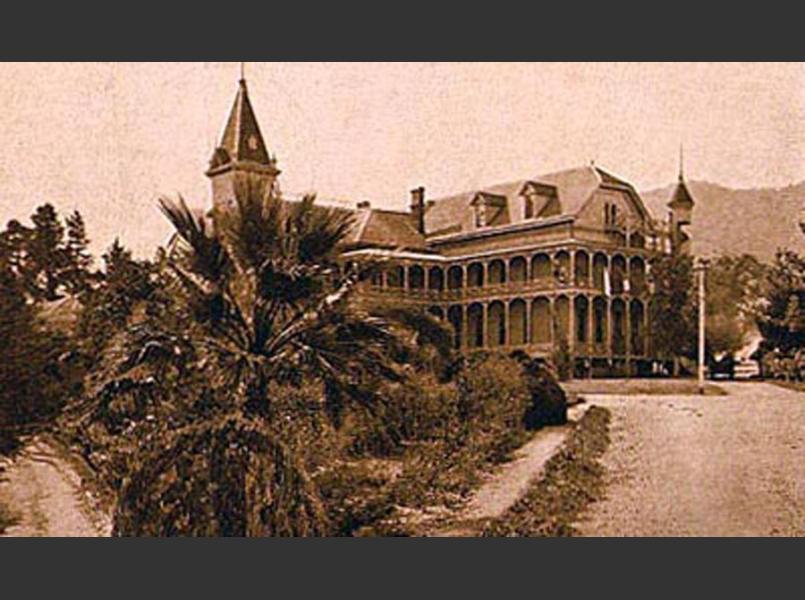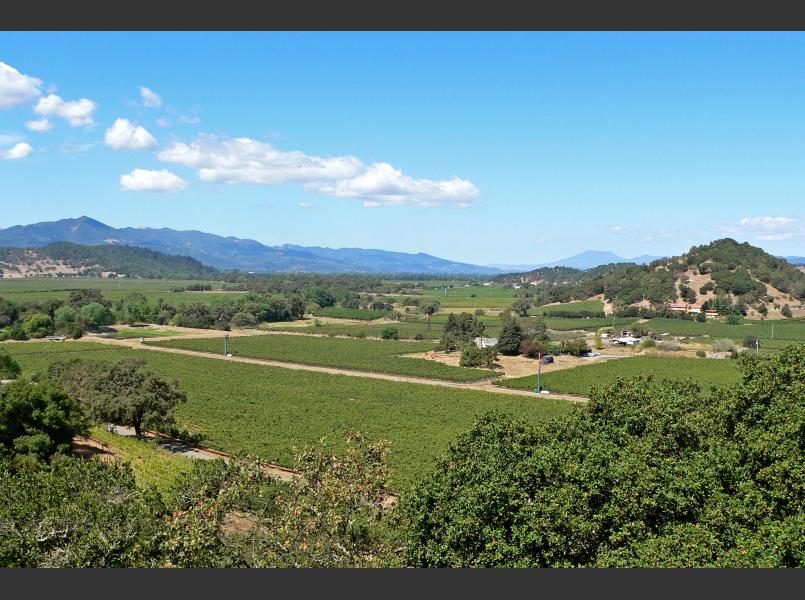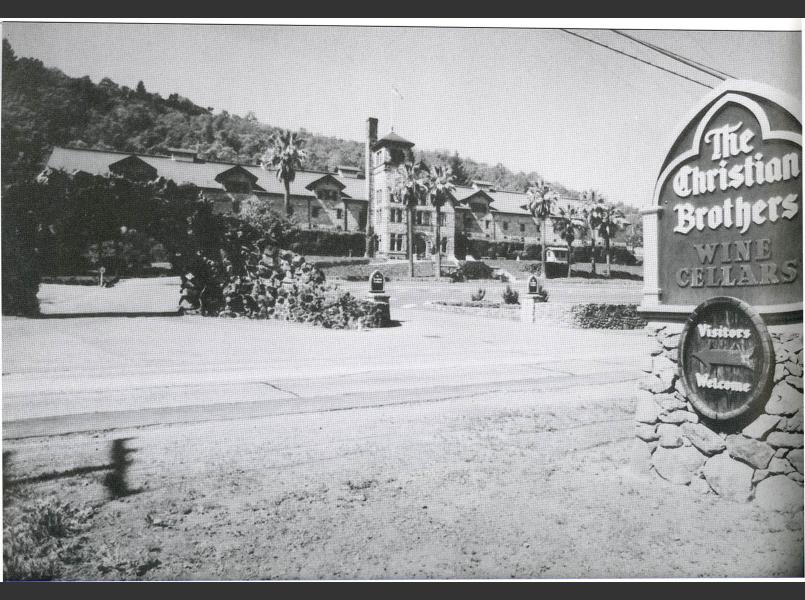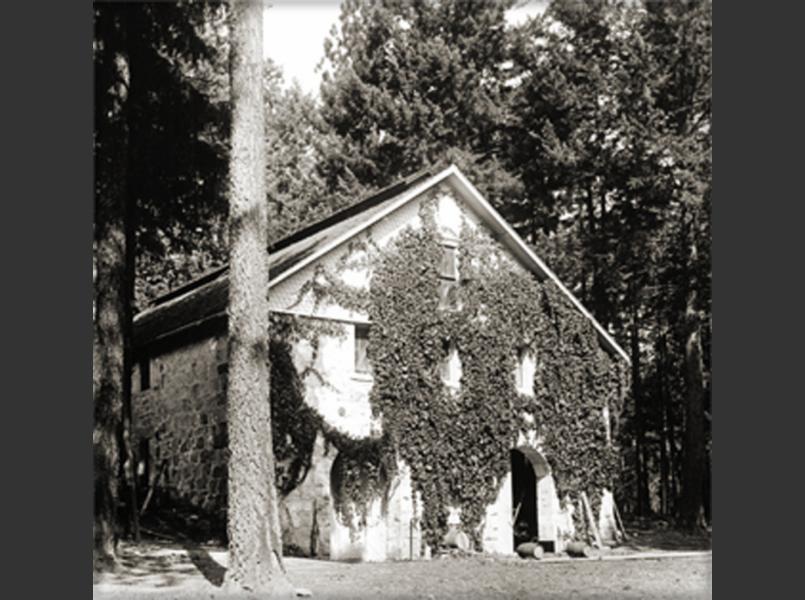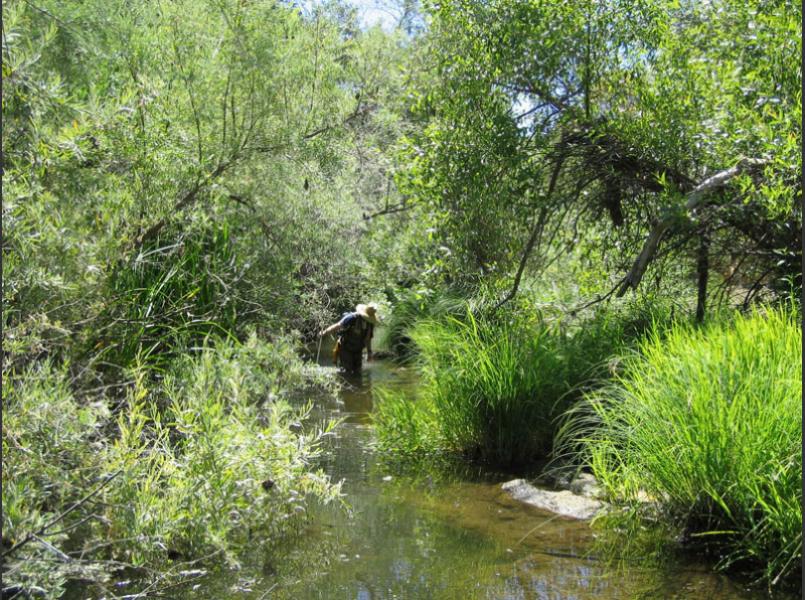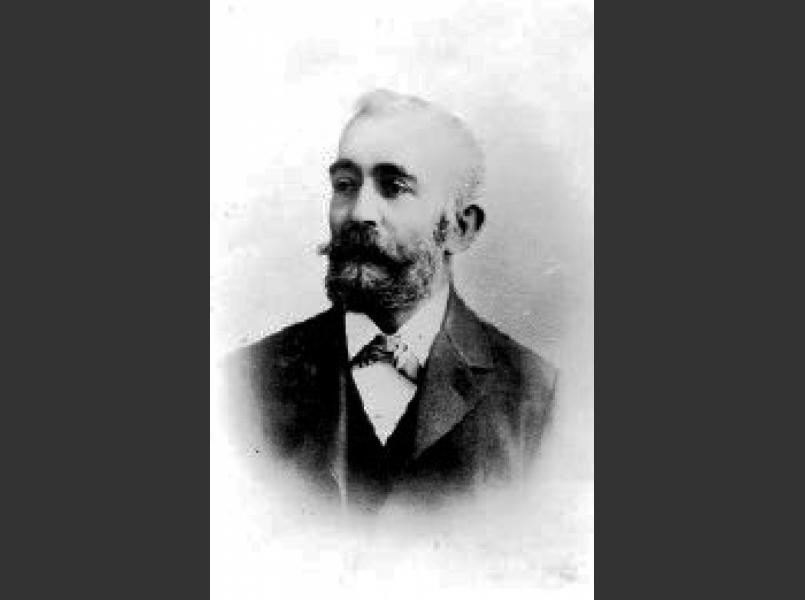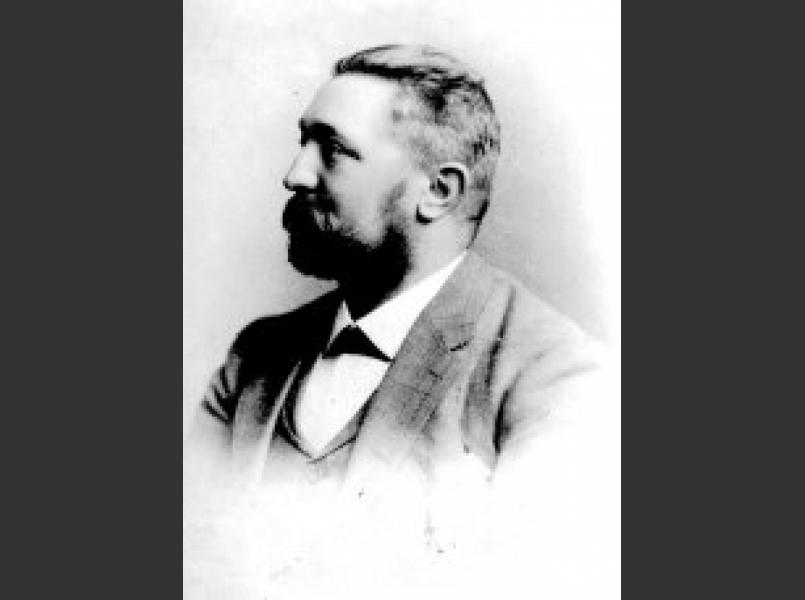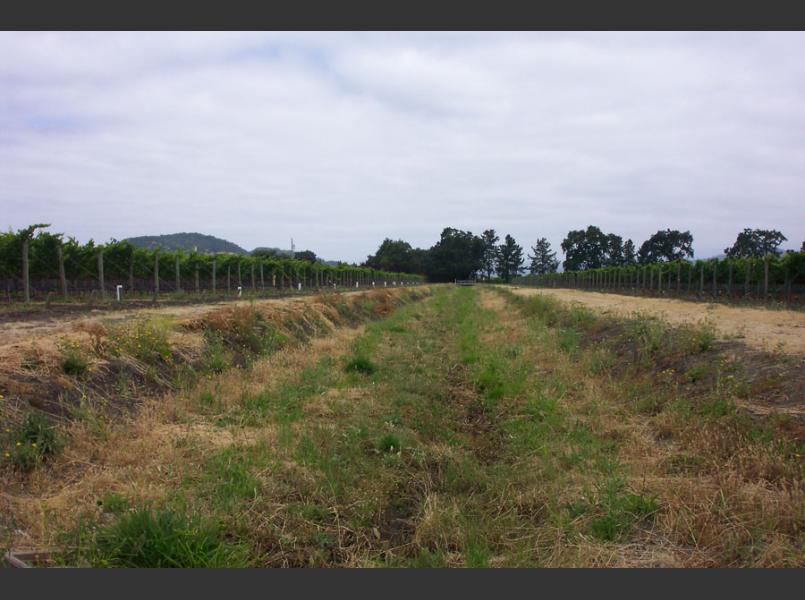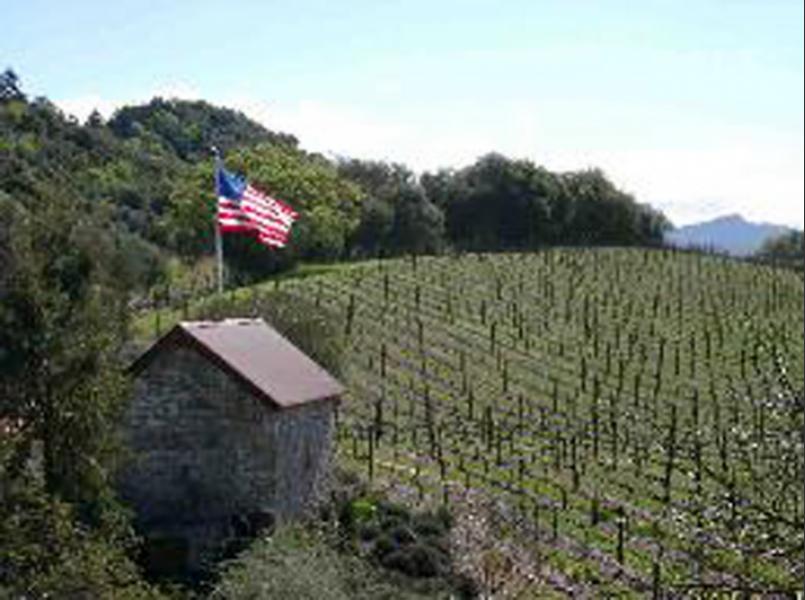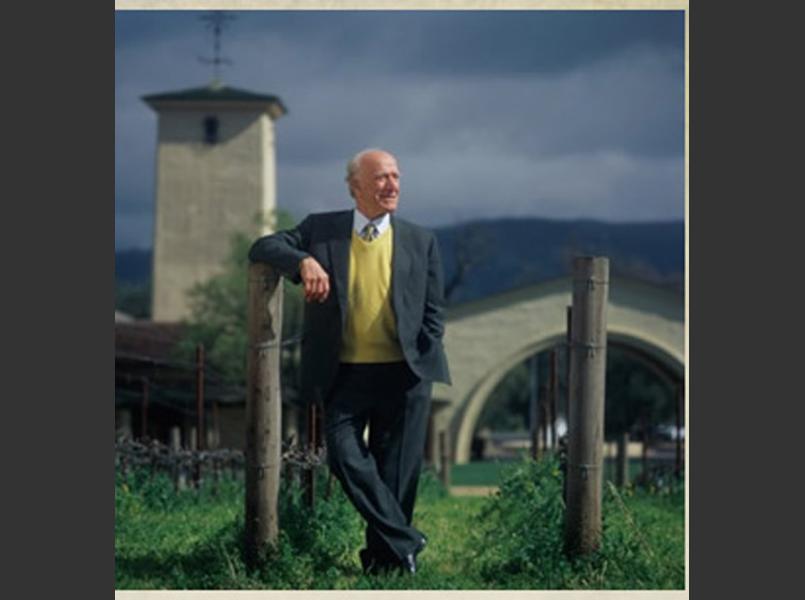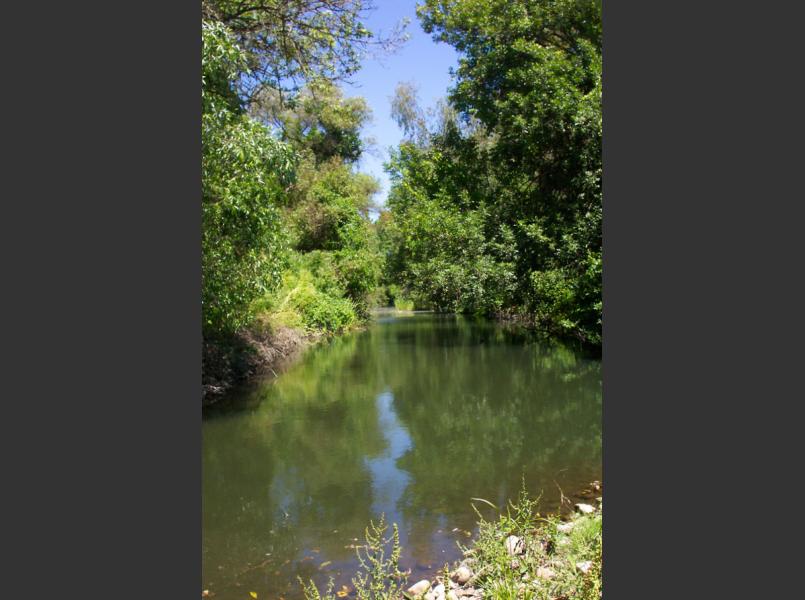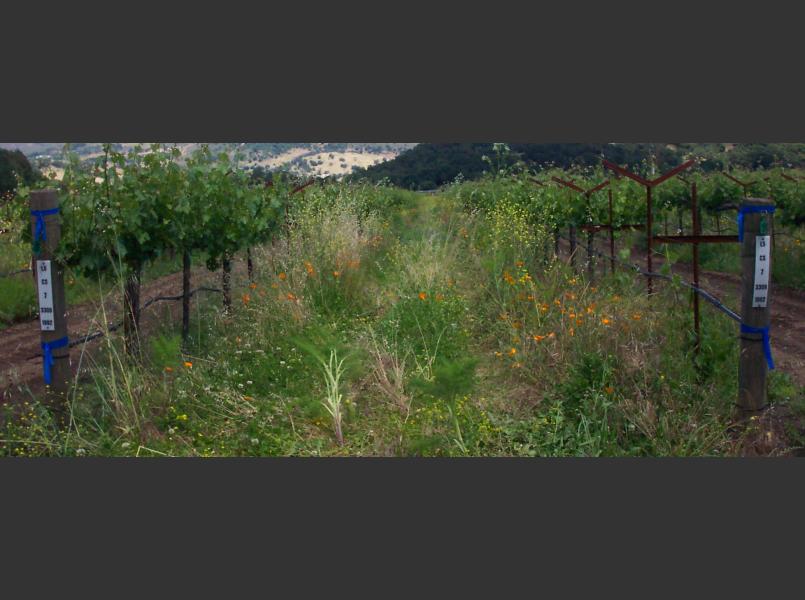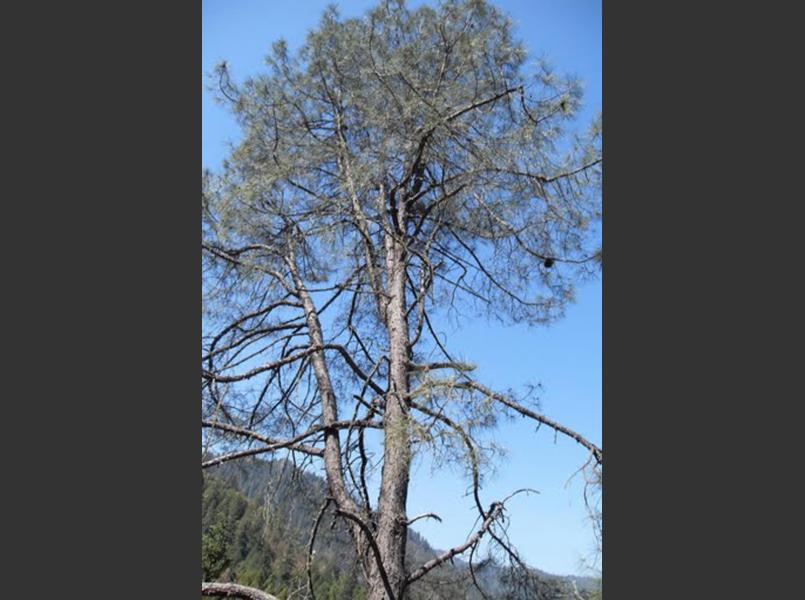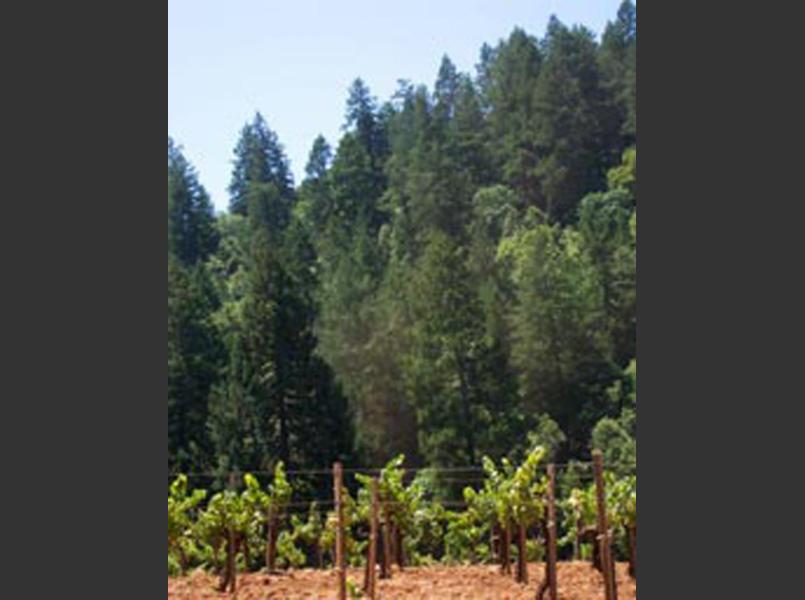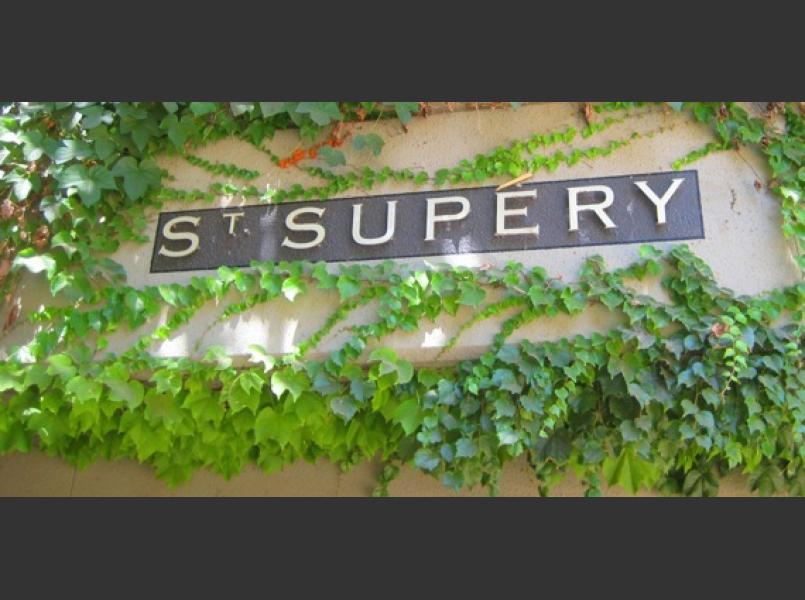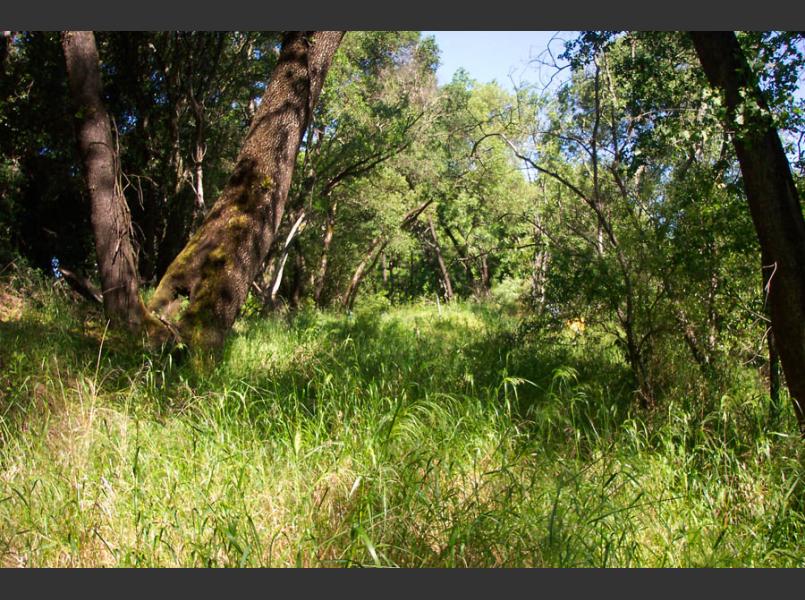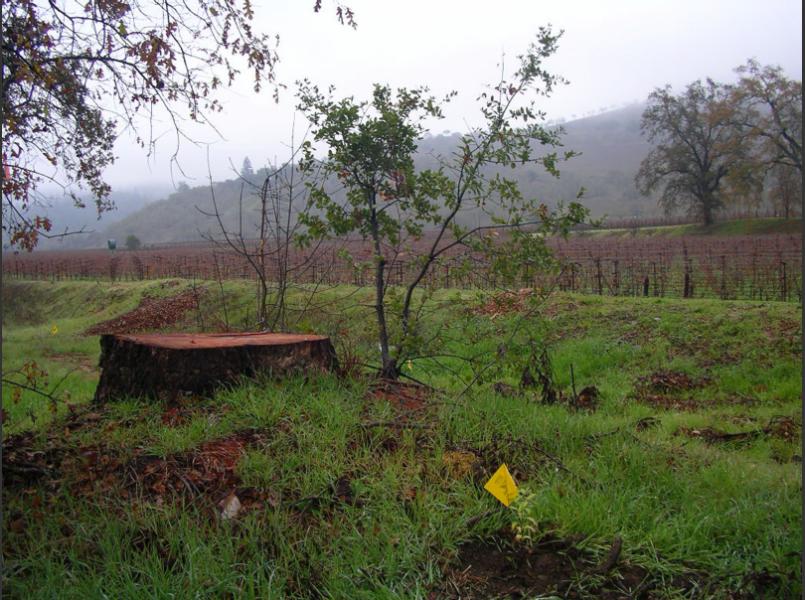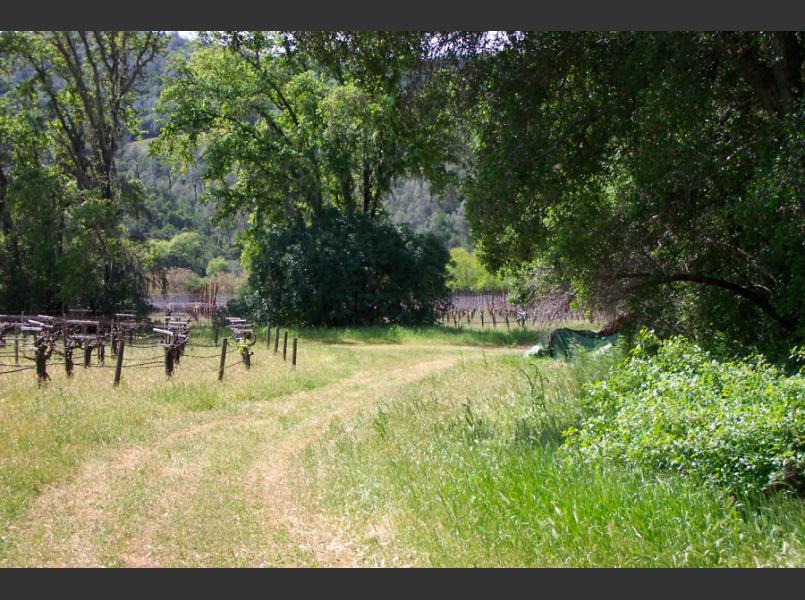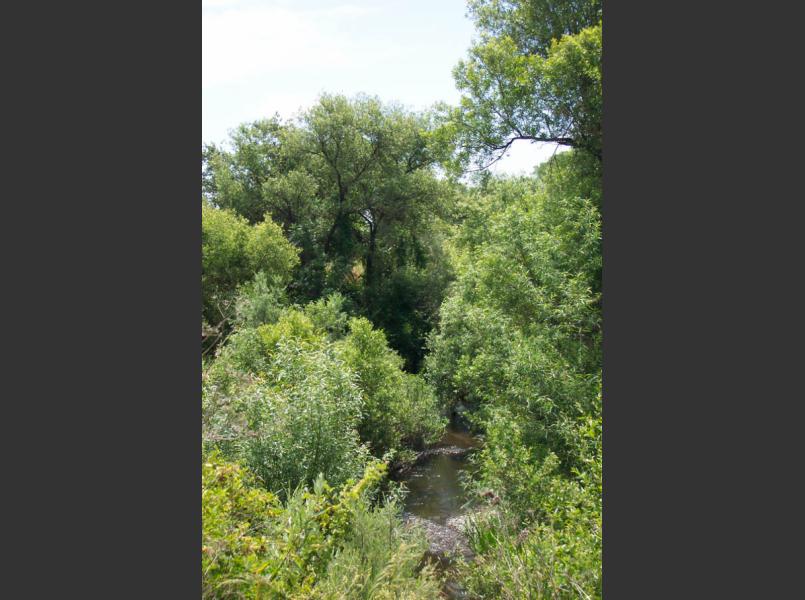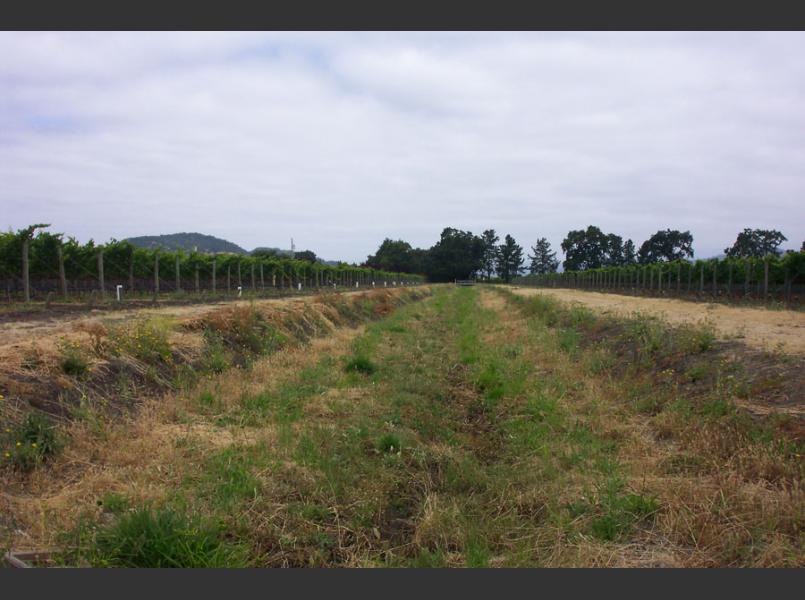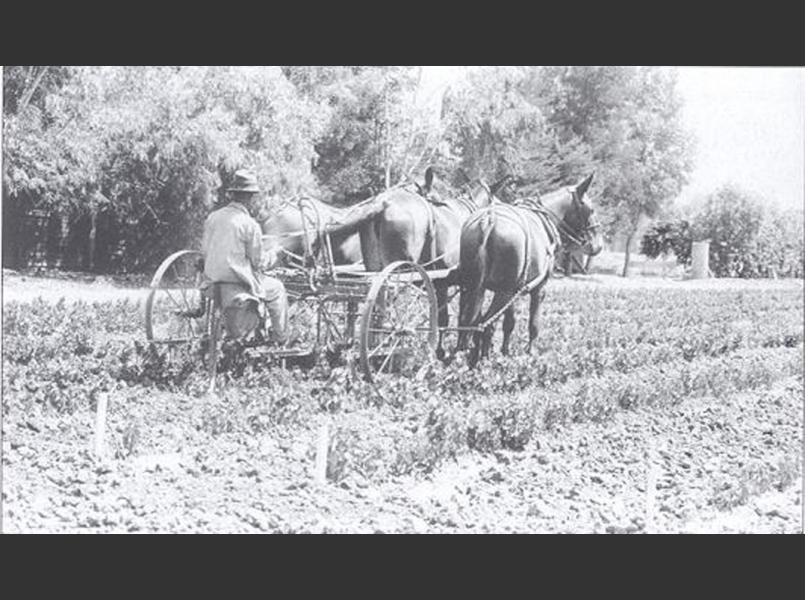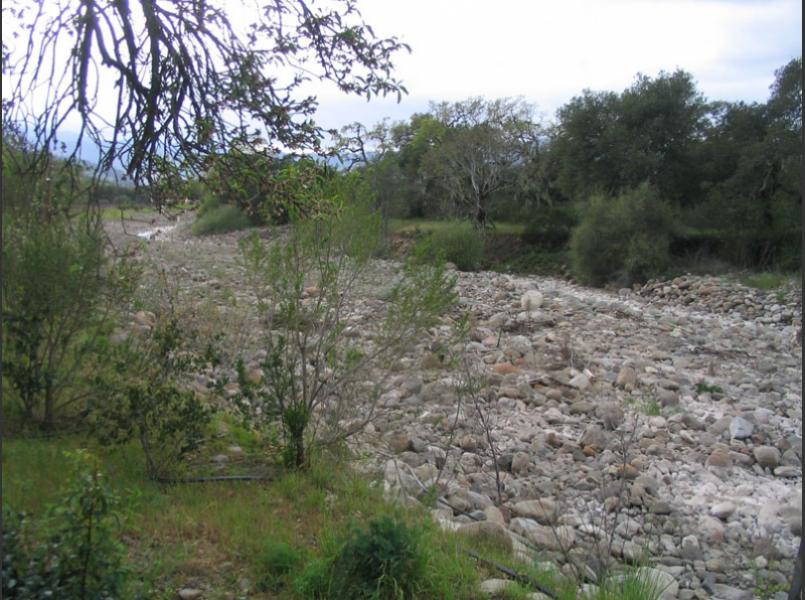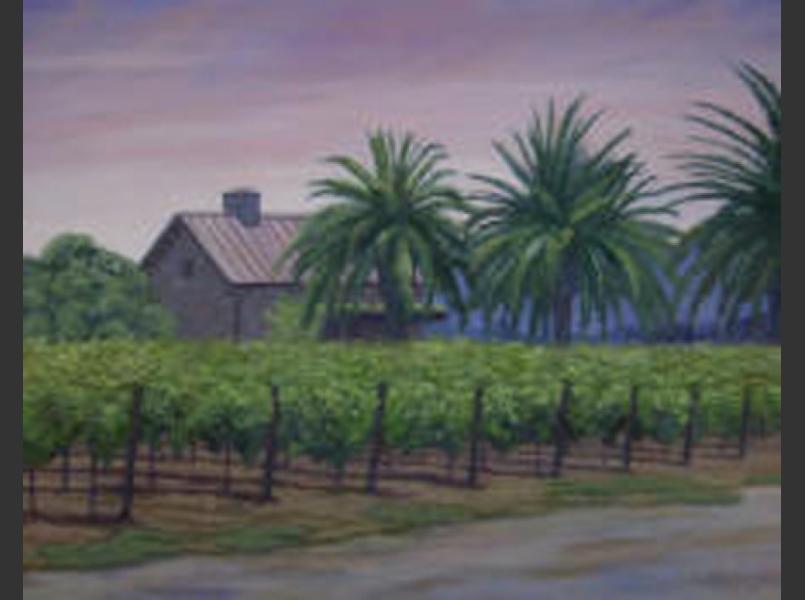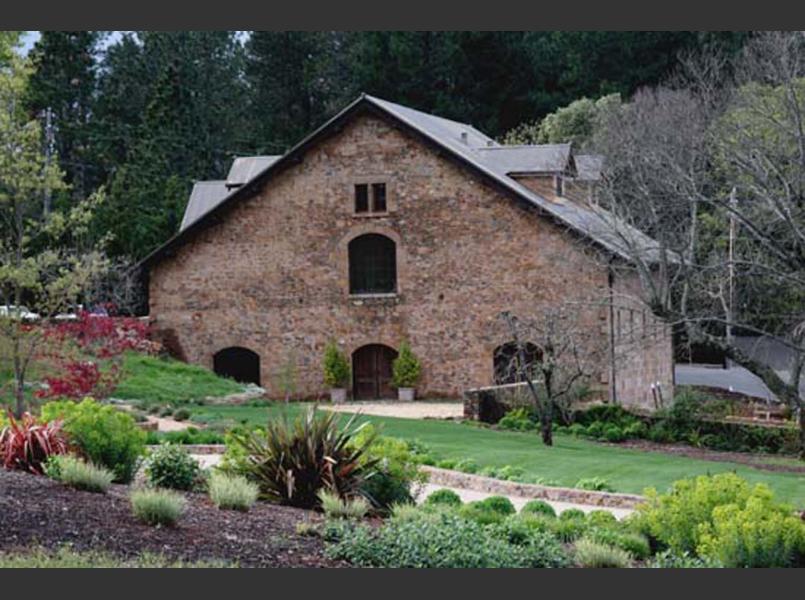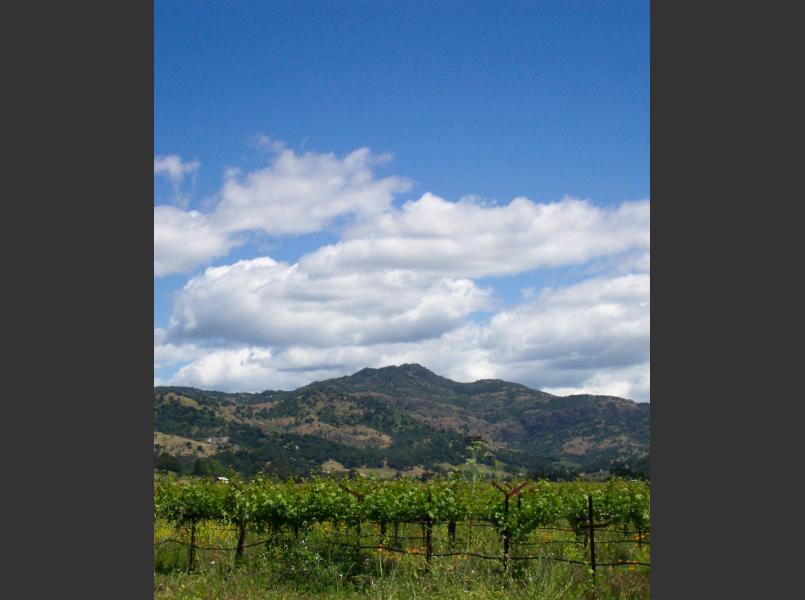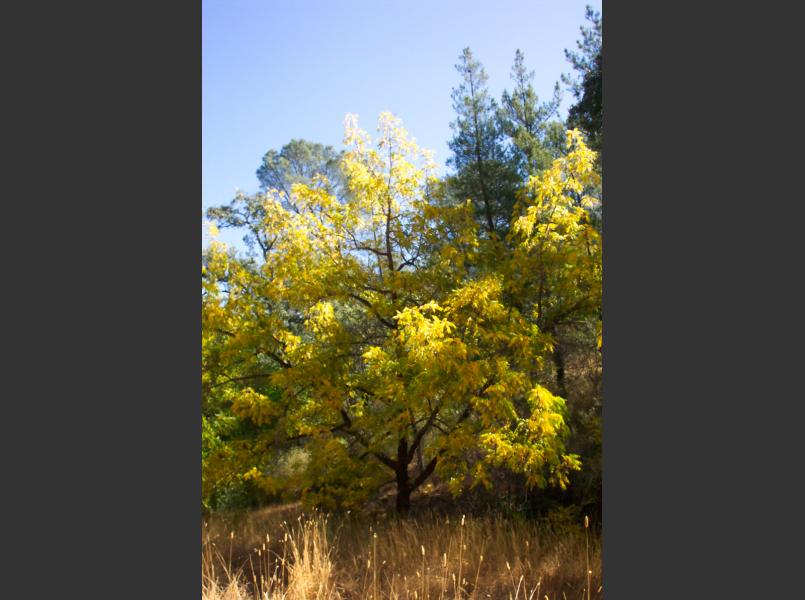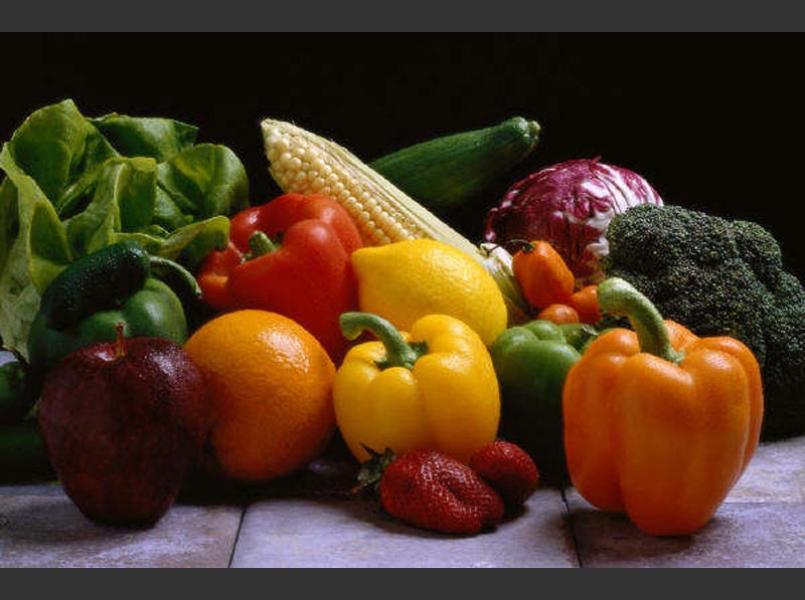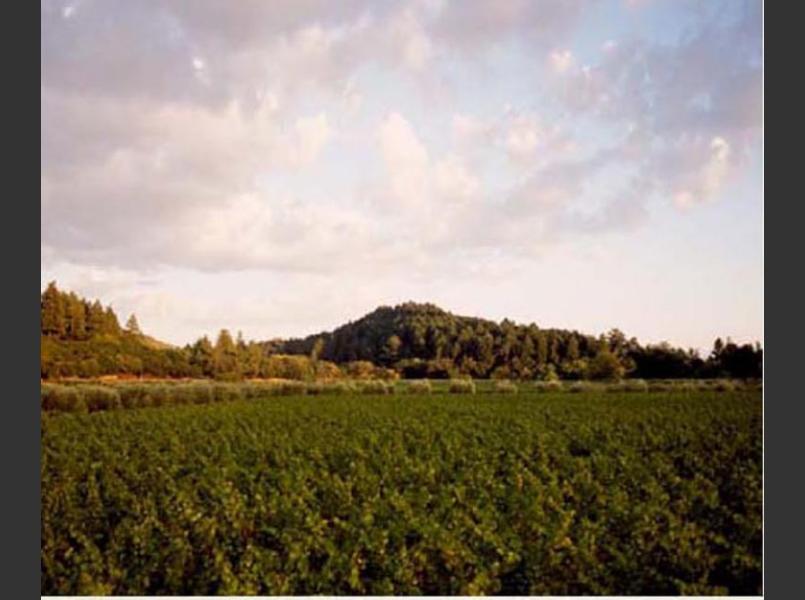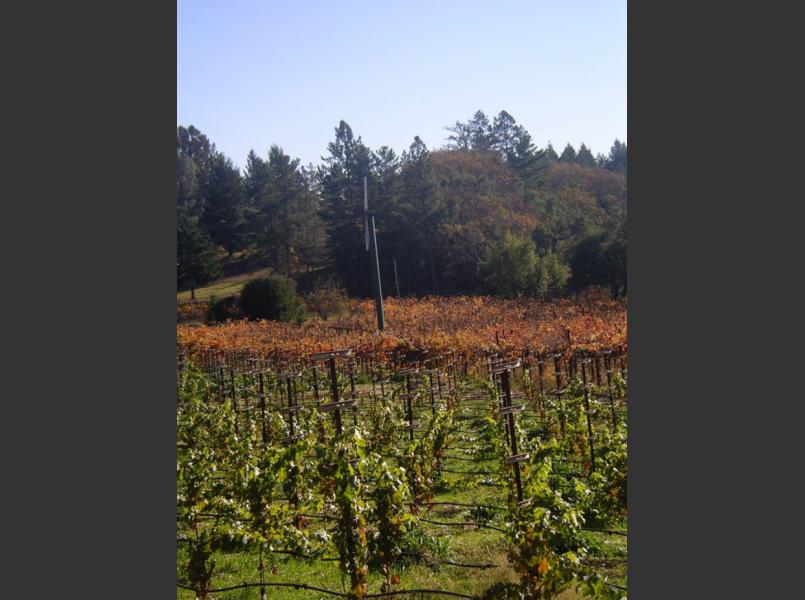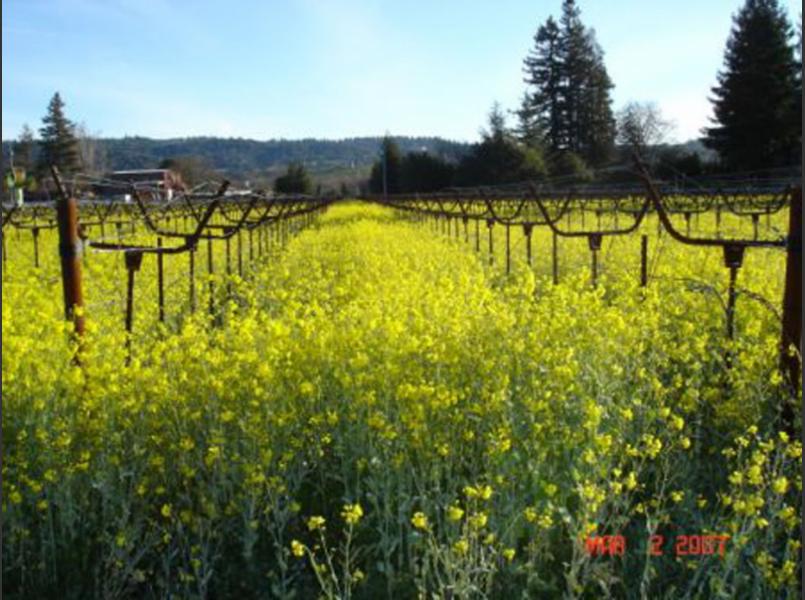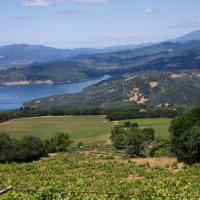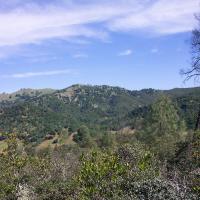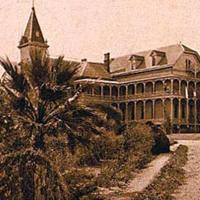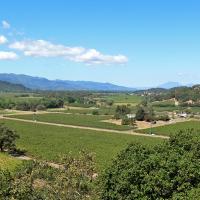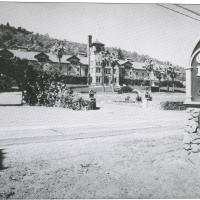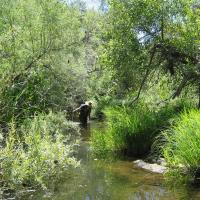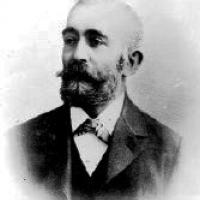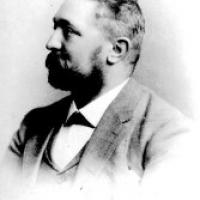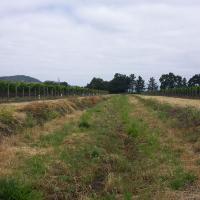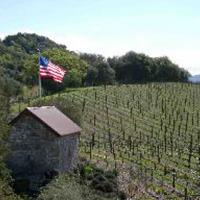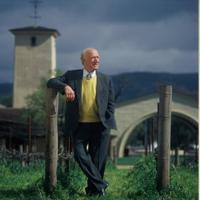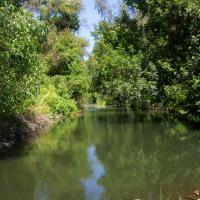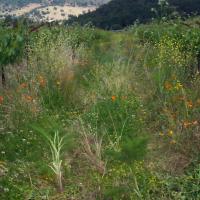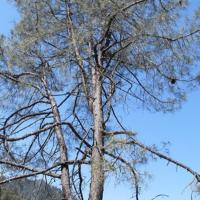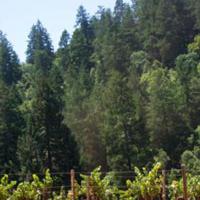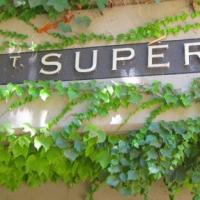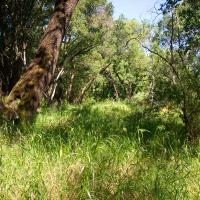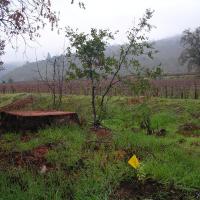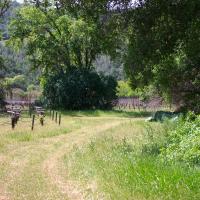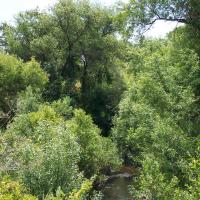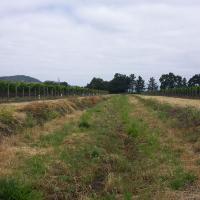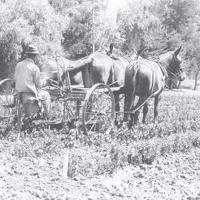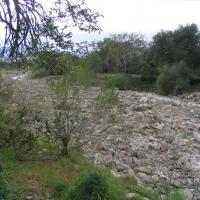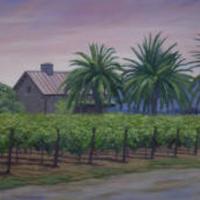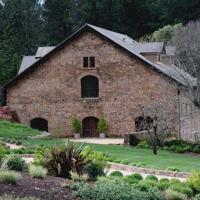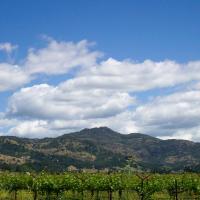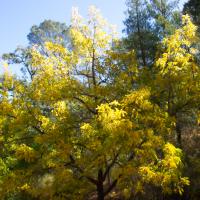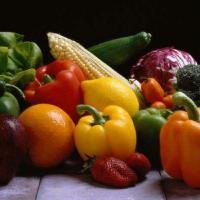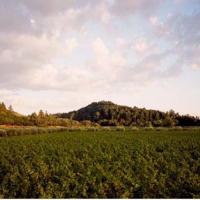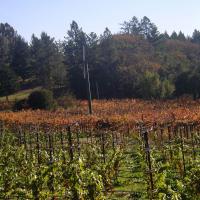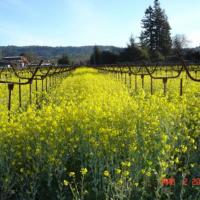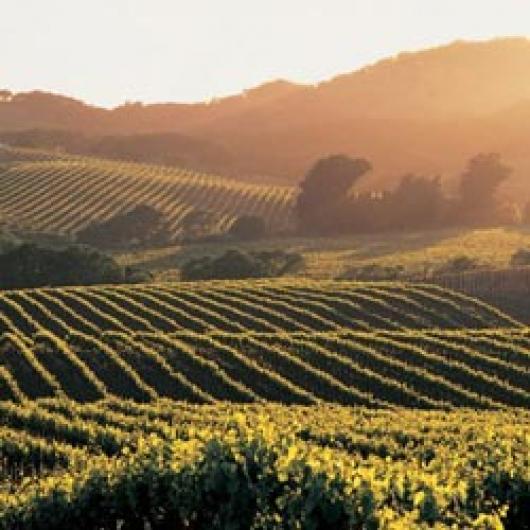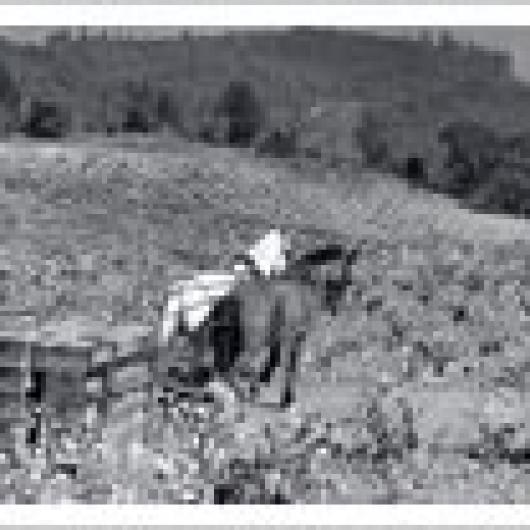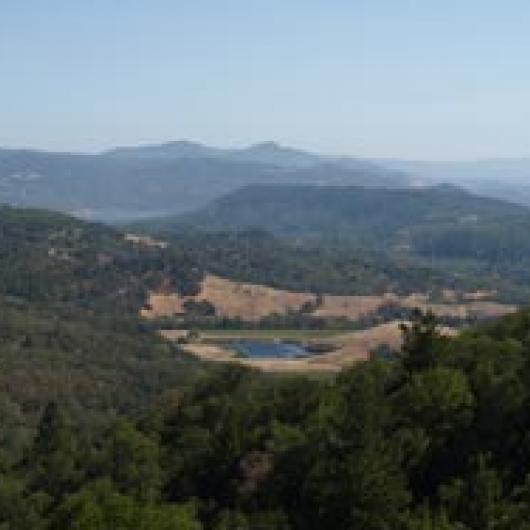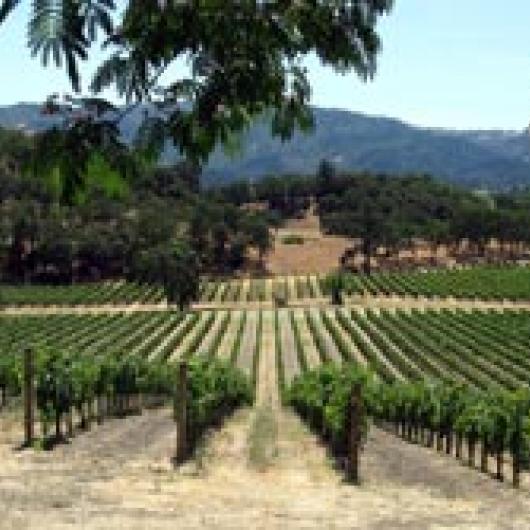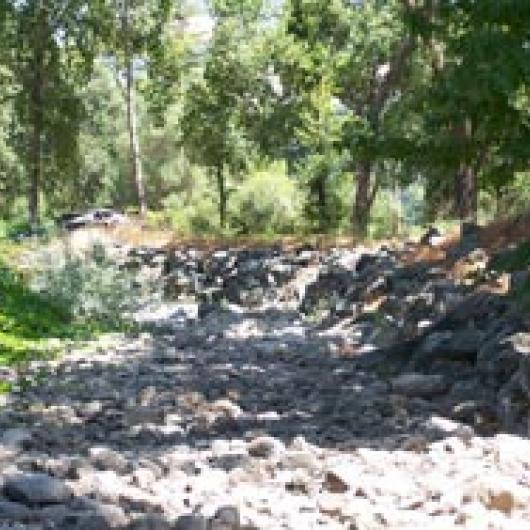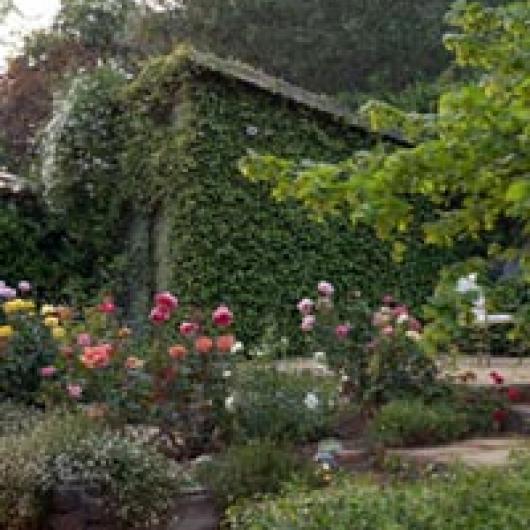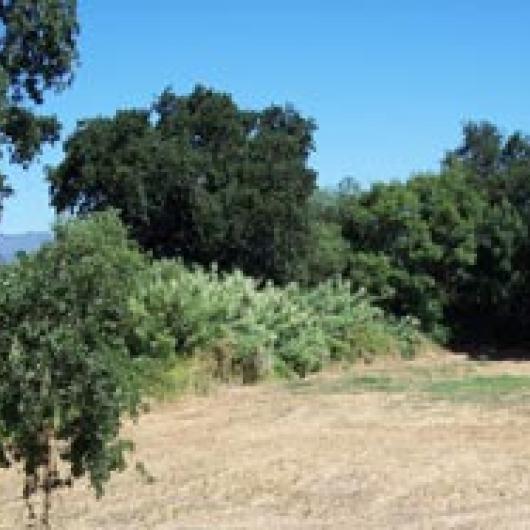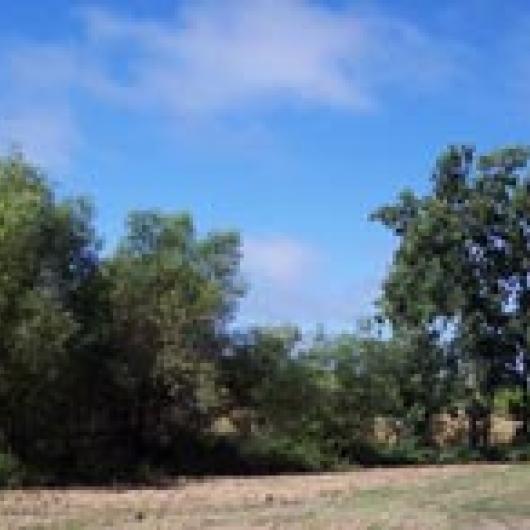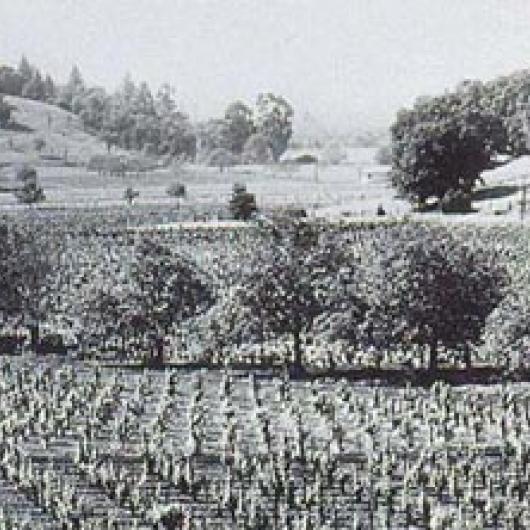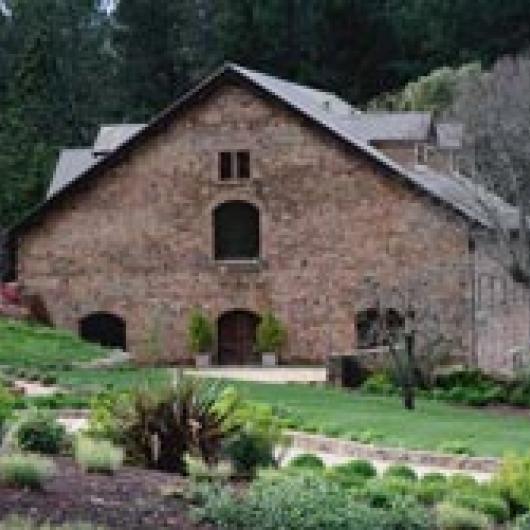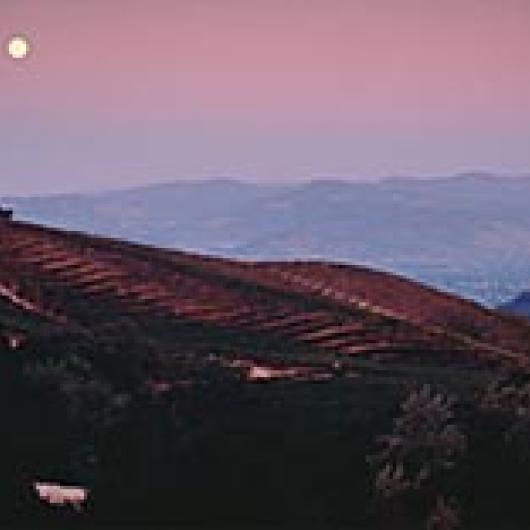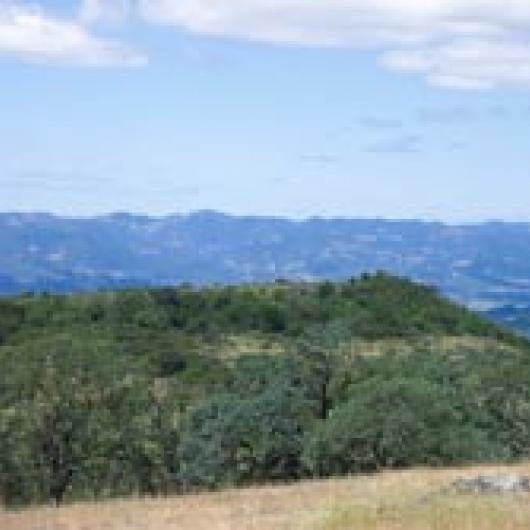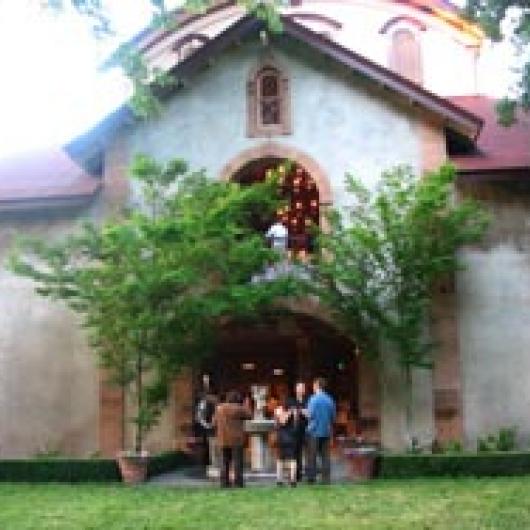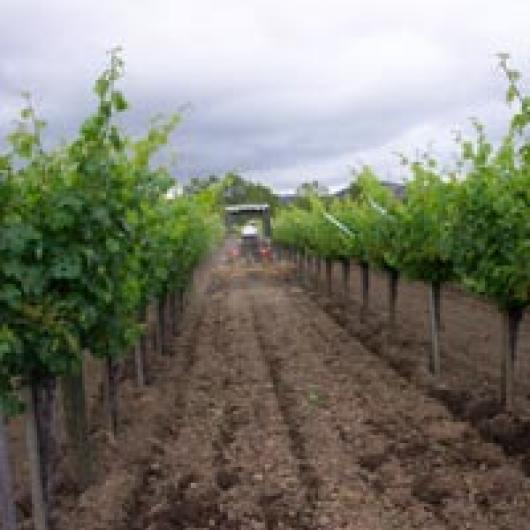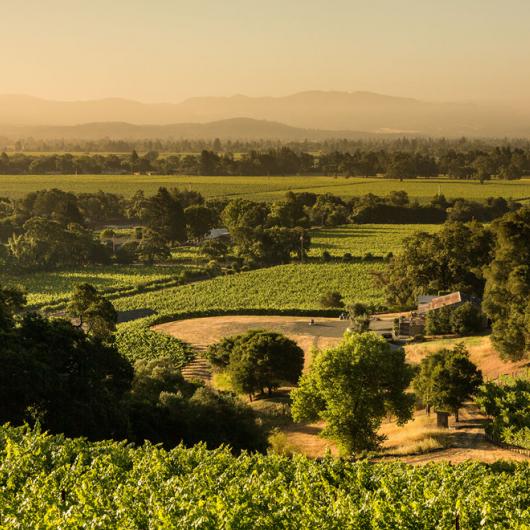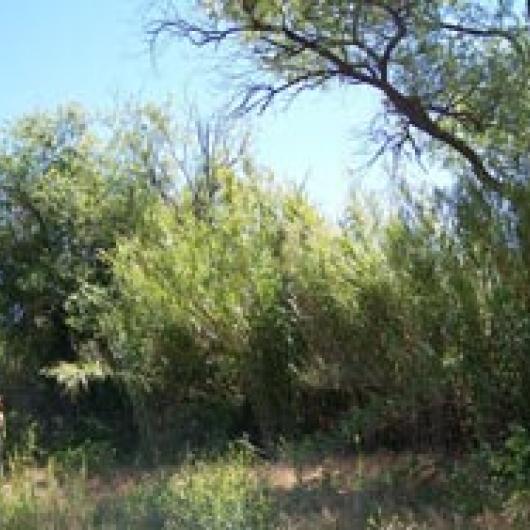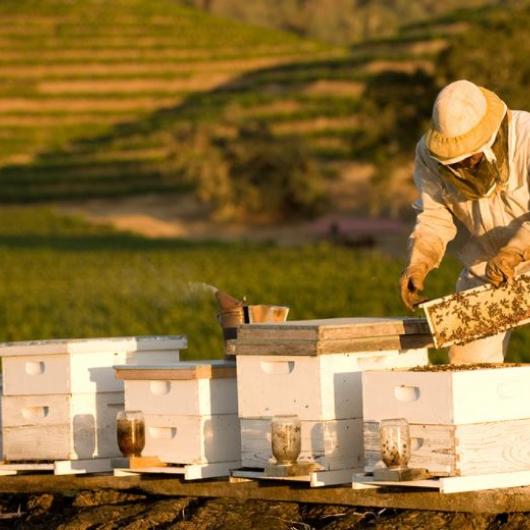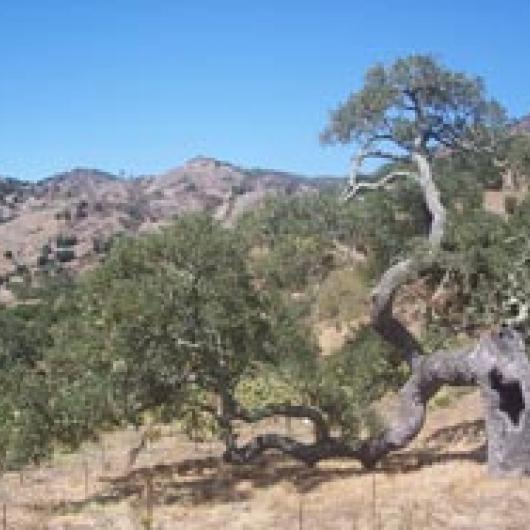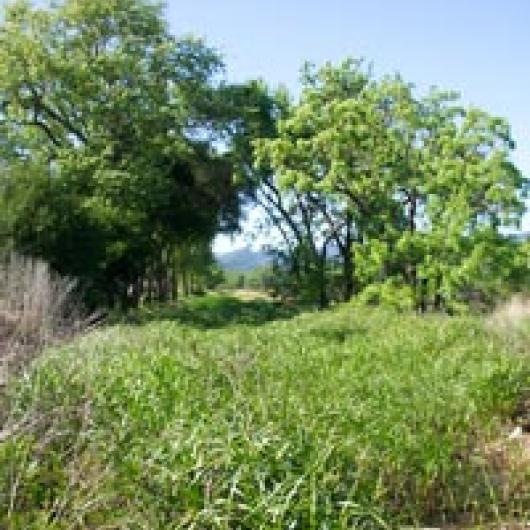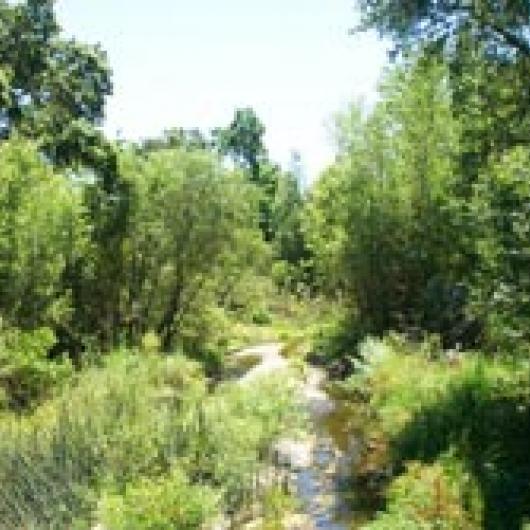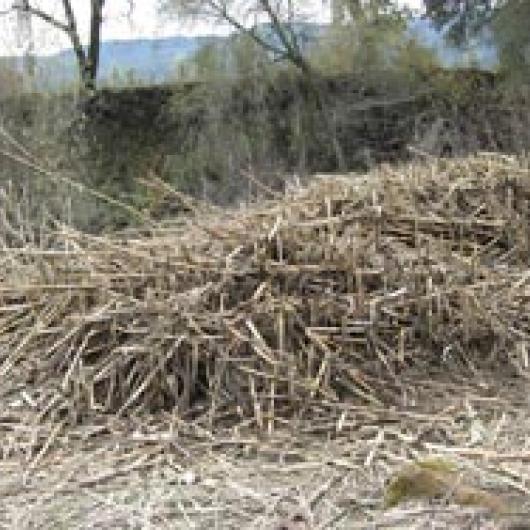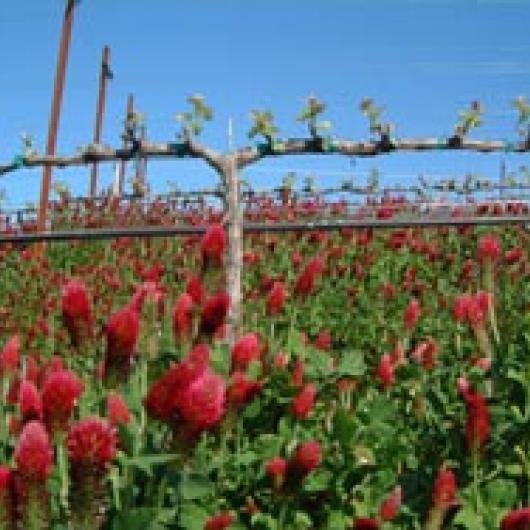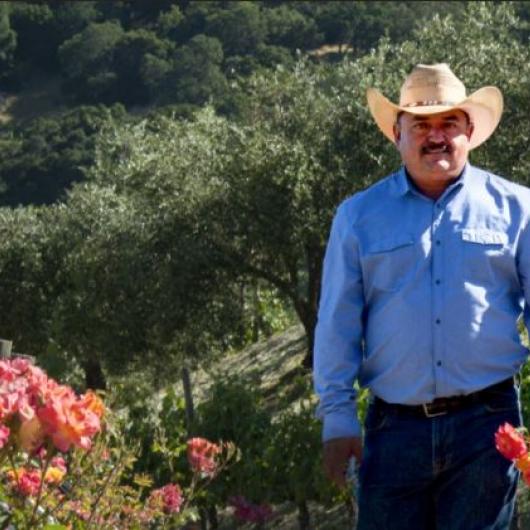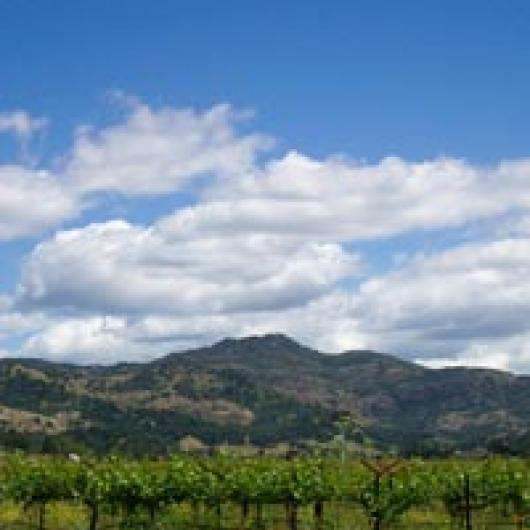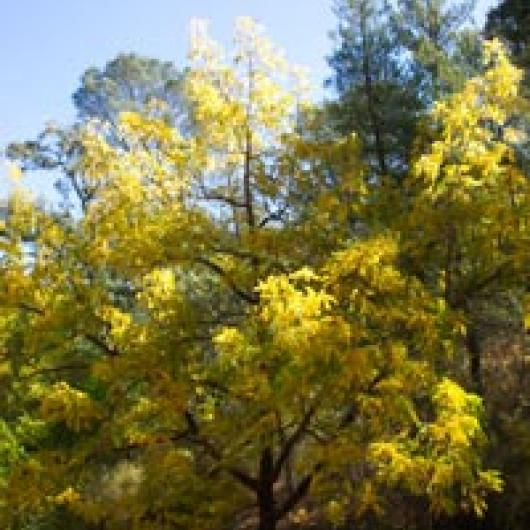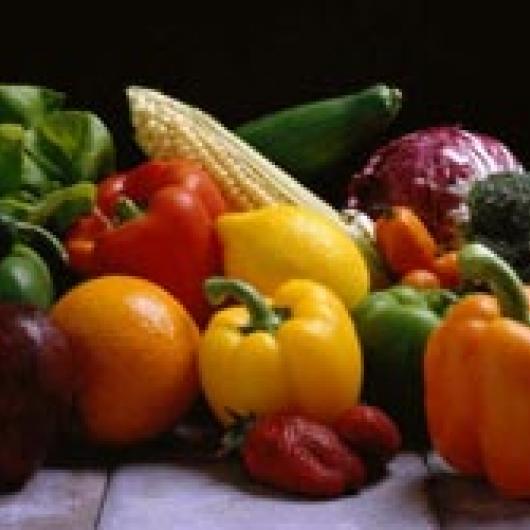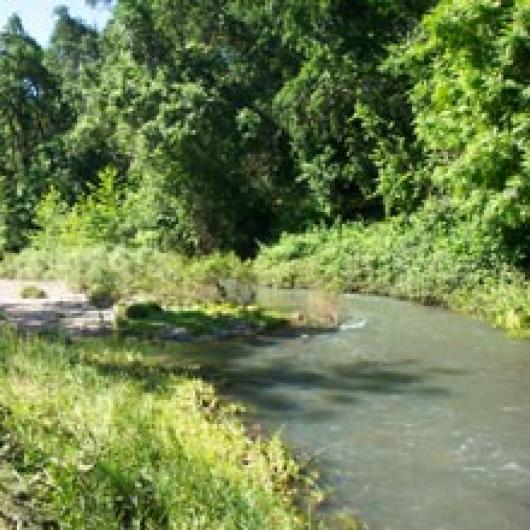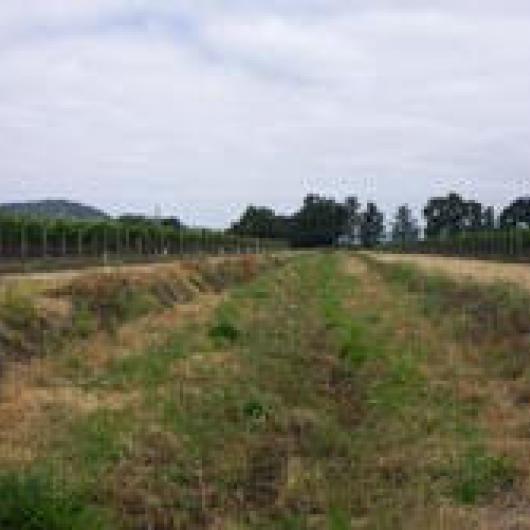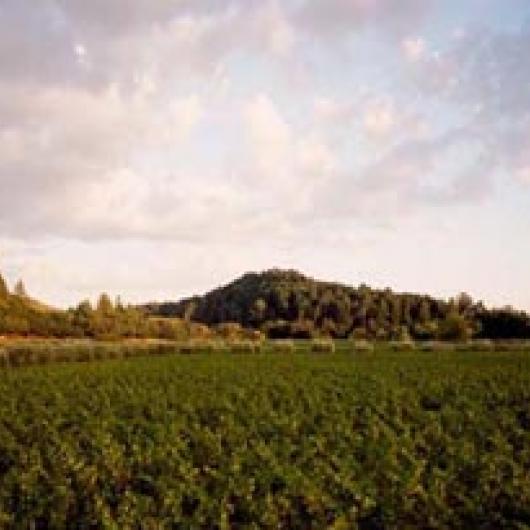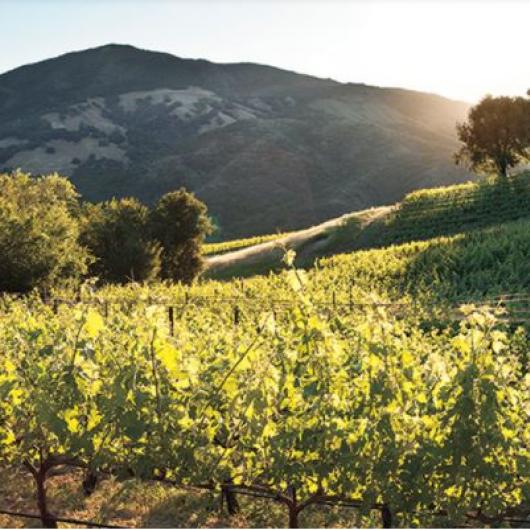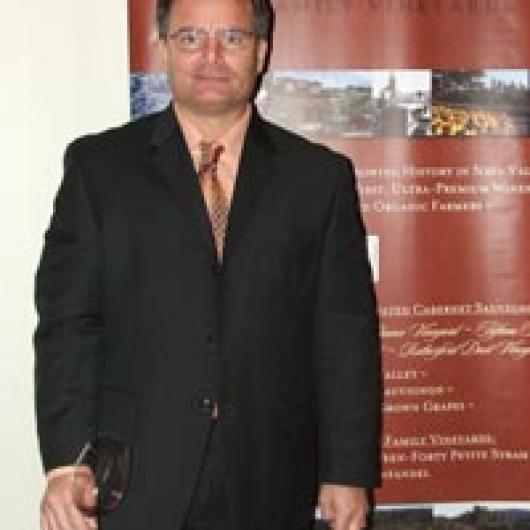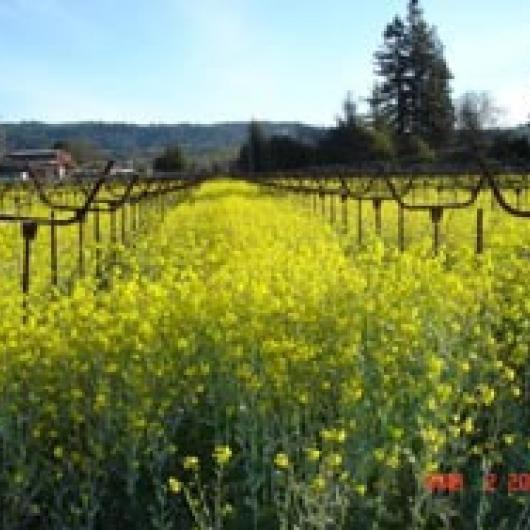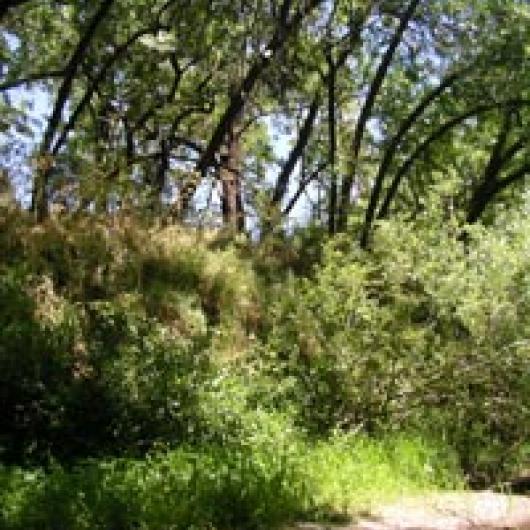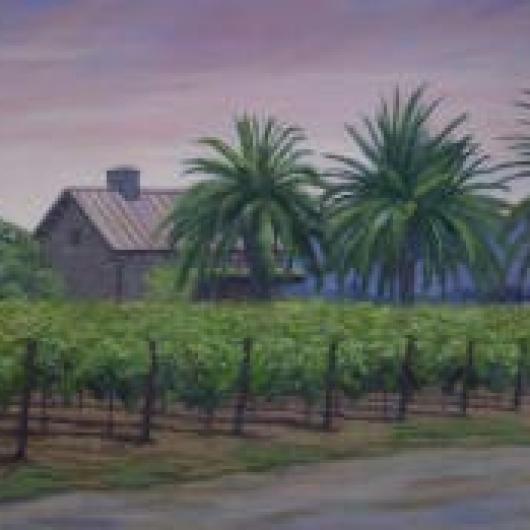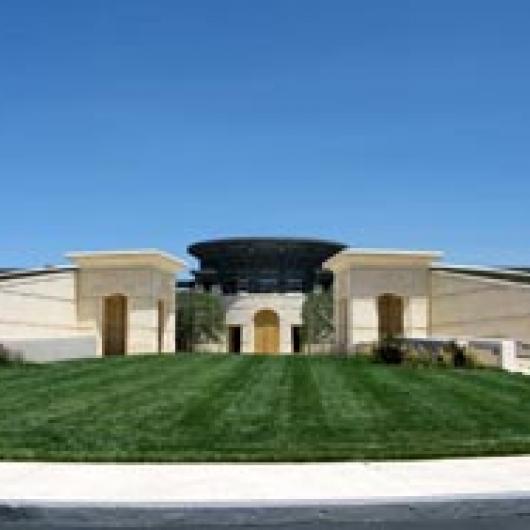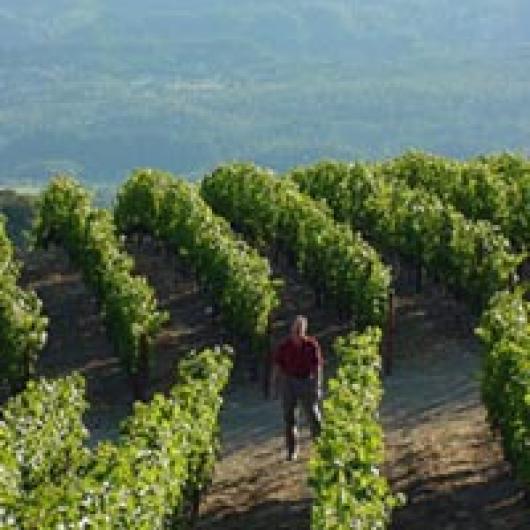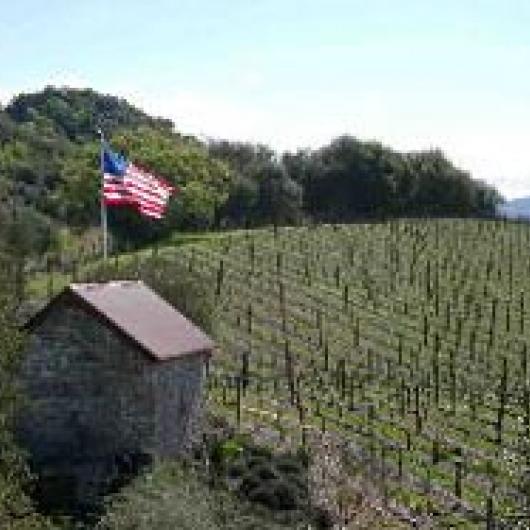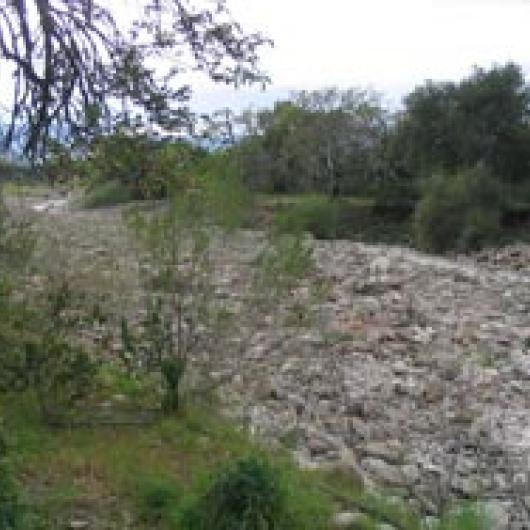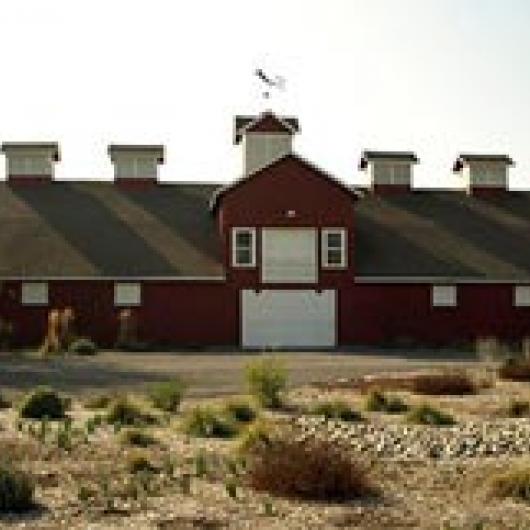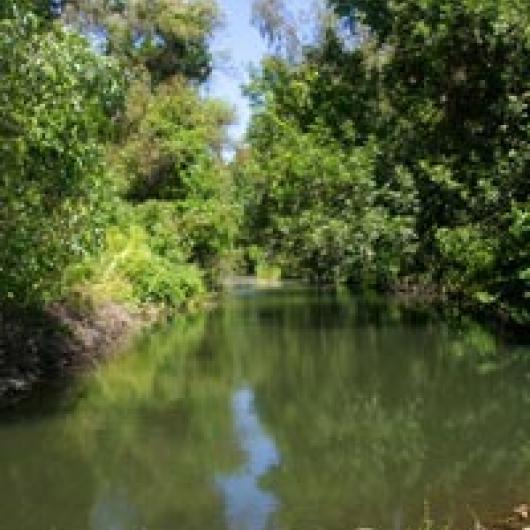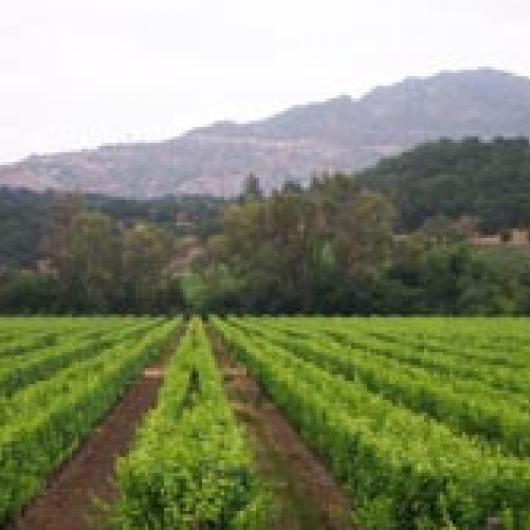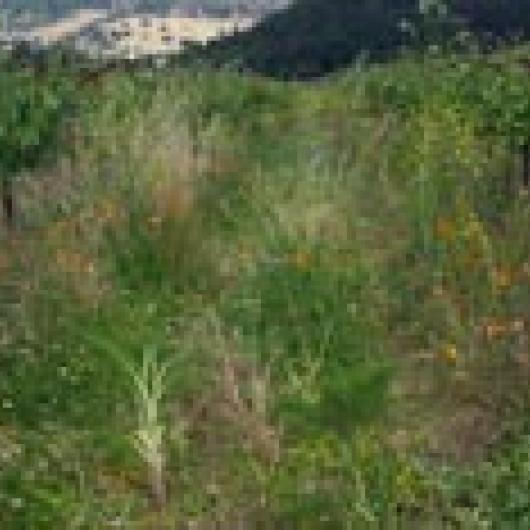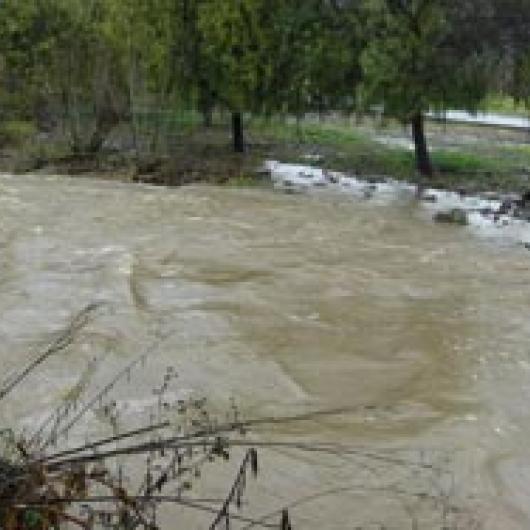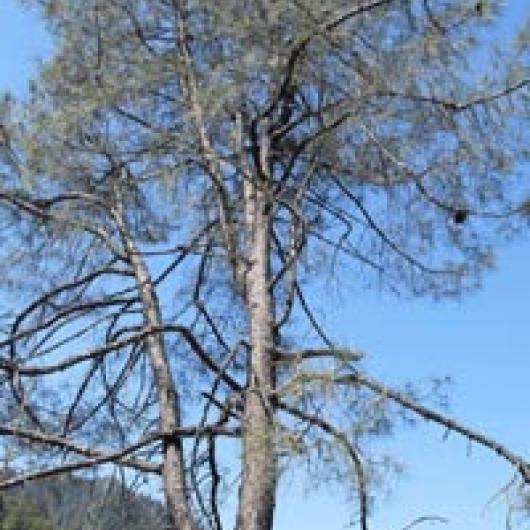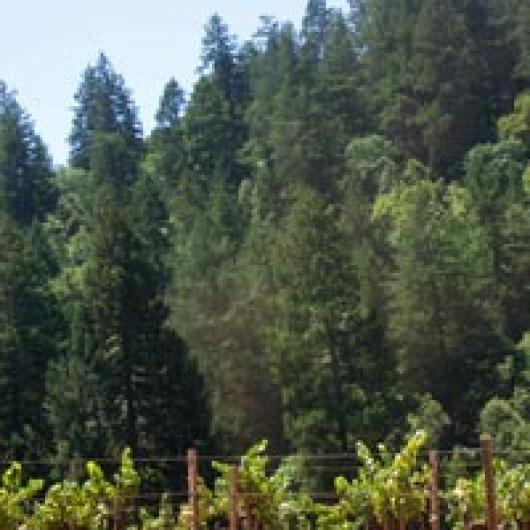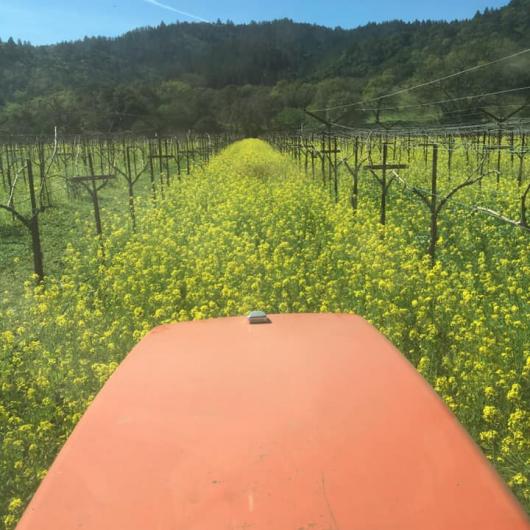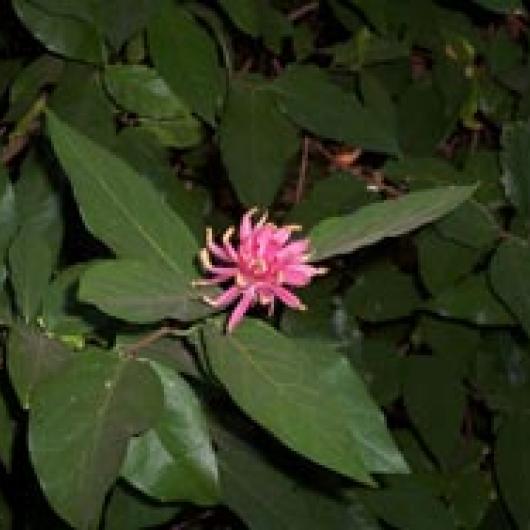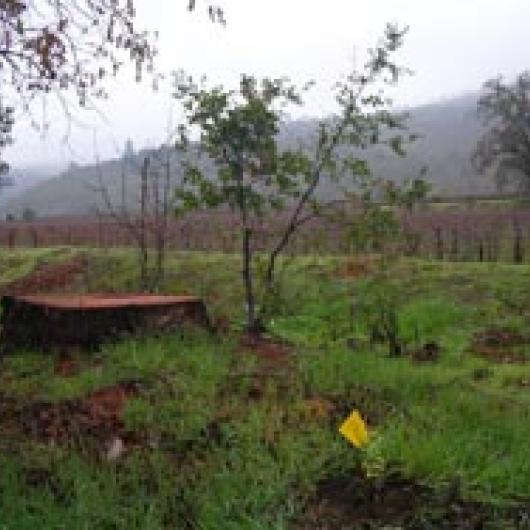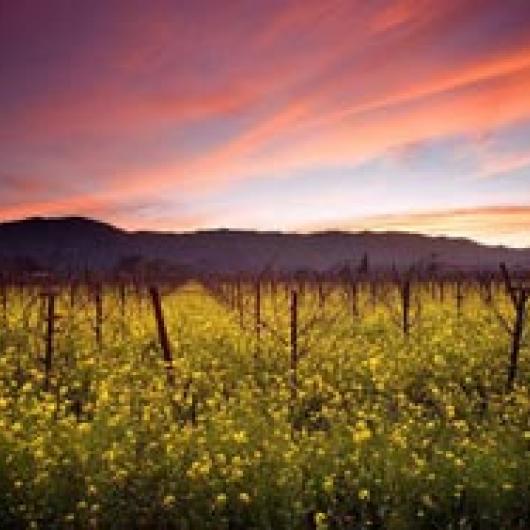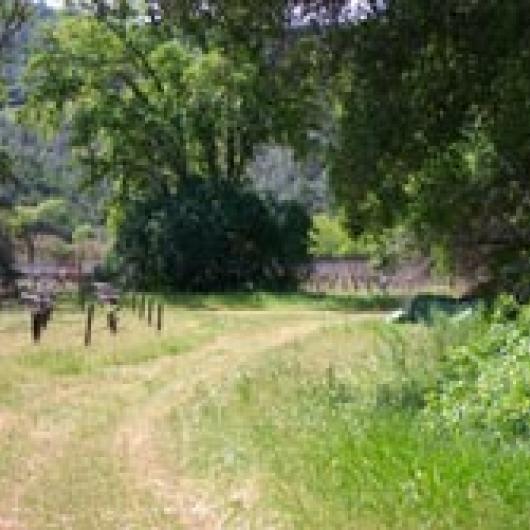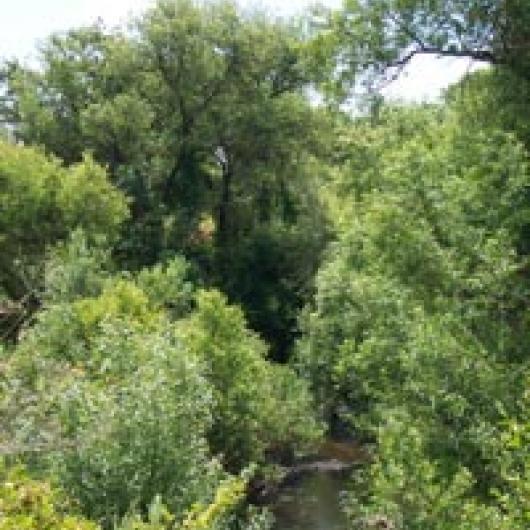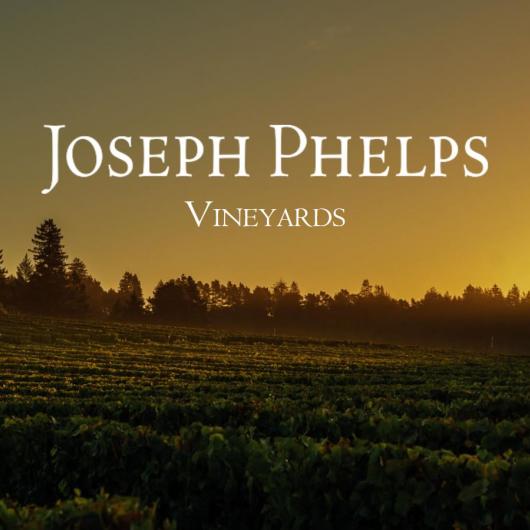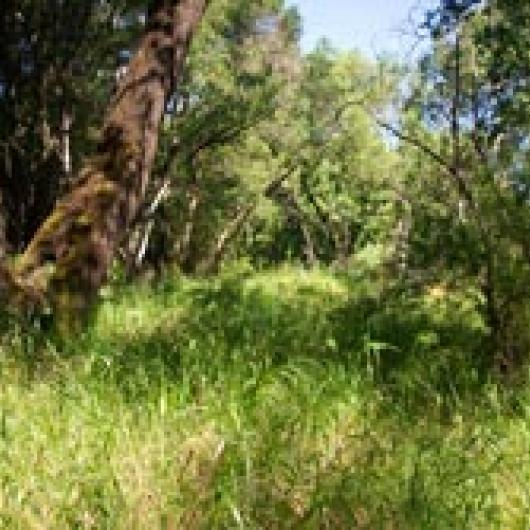Certified Farms
360 Vineyard
575 OVX (A) Vineyard
This 10-acre site surrounds the winery on Oakville Crossroad and includes a south hillslope. Gargiulo Vineyards has farmed organically since 2000, including using cover crops and no-till practices to protect and enrich the soil.
Ackerman Family Vineyard
Aida Vineyard
AJM Vineyards
AJT
Allora Vineyards
Almacerro Vineyard (FKA Piedra Hill Vineyard)
Alpha Omega 1155 Vineyard
Ames Vineyard
Amizetta Vineyards
Animal Pharm LLC
Anomaly Vineyards
Ark Vineyard
Atlas Peak Vineyard
Backus Vineyard
Bale Lane Vineyard
This vineyard, 57 acres, lies on the western edge of the Middle Napa Valley. This site uses water conservation and an off-stream reservoir to avoid affecting creek and river flows.
Banca Dorada #2
Banca Dorada is a flat 28-acre site where Joseph Phelps Vineyards cultivates alternate rows and keeps a cover crop of fescues, clover, oats, phacelia, chickweed, chamomile, and other grasses on their vineyard avenues to reduce soil erosion.
Bancroft Ranch Vineyard
Located in the Howell Mountain area, this 150-acre site used to be the bottom of a reservoir. The site is managed to minimize water use and runoff.
Barboza Vineyard #3
On this flat, 17-acre site, alternate rows are cultivated and a cover crop of fescues, clover, chickweed, chamomile, and other grasses are grown on the vineyard avenues to reduce soil erosion. As part of the farm plan, Joseph Phelps Vineyards is planting trees and shrubs along a drainage channel.
Bear Flats Estate Vineyard
Bear Flats Estate Vineyard covers 87 acres on the Ritchie Creek alluvial fan where the creek exits Bothe Napa State Park. During floods, alluvial fan channels fill with cobble and boulders. Typically, these are then removed and piled alongside the channel. This bedload material needs to deposit into the Napa River to produce spawning beds for Chinook salmon.
Bella Union Winery
Benessere Vineyards
Beno Vineyard
Boeschen Vineyards
The Boeschen family farms 7.5 acres of vineyard near Bell Canyon Creek, and has a winery and cave on this site. Beautiful flower gardens enhance the historical house and wine estate.
Bonny's Vineyard
Bosche Vineyard
Bourn Vineyards
Bryant Family Vineyard
Buckeye Vineyards
The Piña brothers developed this 6-acre site on Howell Mountain near Angwin in 1996. The vineyards include a partially terraced hillside with a gentler bowl below. The vineyards are farmed sustainably with cover crops of rose clover, crimson clover, and Blando brome; owl houses and raptor perches also encourage wildlife.
Buckman (FKA Oso Vineyard)
BV1
This is the original BV vineyard and lies on the alluvial fan of Bear Canyon Creek. As part of the farm plan for this site, invasive, non-native Arundo donax (giant reed) was removed in 2008 with native oaks and other plants installed in 2009.
BV10
This 120-acre site stretches west from the Napa River and includes Bale Slough and large valley oaks and densely wooded riparian corridors. The owners worked with the FFF program to remove Arundo donax and revegetate with native plants along Bale Slough. The Napa River on this site is part of the Rutherford Dust Napa River Restoration Project.
BV2
The managers of Beaulieu Vineyards are working with FFF program staff to plant native oaks along the small creek on this flat, 125-acre property. A thick cover crop on the avenues and vineyard roads is maintained throughout the winter to minimize soil erosion.
CADE 13th Vineyard
This 185-acre site on Howell Mountain dates back to 1877 as one of the first vineyards planted on Howell Mountain. Pat Stotesbery, who previously ran several ranches in Montana, owns and manages the 81 acres of vineyards to minimize soil erosion and sediment delivery to the small creek on the property.
Cafferata Vineyards
Cahill Vineyard
Cain Vineyard and Winery
Situated near the top of the Sulphur Creek watershed, Cain Vineyards encompasses 685 acres of terraced vineyards, planted in the 1980s, and a large area of wildlife habitat. Vineyards are carefully managed with cover crops to protect soil and only small volumes of water are used for irrigation.
Campbell Vineyard
Candlestick Ridge
Casa Piena Vineyards
Casalina
Caymus
Chafen Vineyards
Chaix Vineyards
Chappellet Vineyard and Winery
The Chappellet family purchased a 640-acre ridgetop property along the dry eastern slopes of the Napa River watershed in the 1960s. Their 97 acres of vineyard are farmed organically using water- and soil-conserving techniques and biofuel-powered tractors.
Charles Krug Winery
The Charles Krug Winery, built in 1861, was the first winery in Napa Valley. Since 1943 it has been operated by the Mondavi family.
Chateau Boswell Winery
Chavez and Leeds Vineyard
This 37-acre site is managed by Frank Leeds as an organic, dry-farmed vineyard.
Cold Springs Vineyard
Cold Springs Vineyards
Collins Family Vineyards
Crestmont Vineyard
Crossroads Ranch
Darms Lane
A family owned and operated boutique vineyard in Napa Valley.
Decarle Vineyard
The 59-acre De Carle Vineyard is surrounded by waterways: Bear Canyon Creek, Bale Slough, and a freshwater wetland area. The reach of Bear Canyon Creek on this site had a large stand of invasive, non-native Arundo donax (giant reed) that was treated in 2009. Native oaks and other trees were planted.
Denali
Detert Family Vineyard
Deux Chevaux
Dillon
Doggwood Vineyard
Dollarhide Ranch
Rutherford and Dollarhide are planted to cover crops between the vine rows, to harbor beneficial insects, compete with weeds, add essential nutrients to the soil and limit erosion. The leaf canopies and grape clusters are managed to host good bugs which prey on the bad guys, help eliminate the use of fungicides and regulate fruit exposure to the sun to obtain optimal flavors and color, and therefore better wine.
More than 100 bird boxes have been installed in both vineyards to encourage the habitation of Western bluebirds, which eat mosquitos and herbivorous insects such as the blue-green sharpshooter, a vector of vine-killing Pierce’s disease. Owl boxes host the nocturnal birds that gobble gophers and other critters that can damage the vines. At Dollarhide, a large rattlesnake population helps keep the burrowing pest population from munching on the vine roots.
At the winery, we create our own compost from a byproduct of the winemaking process. Pomace — seeds, skin and stems left over after crush — is trucked to Dollarhide and composted over the winter and eventually returned to the vineyard soil as fertilizer as an organic matter booster/soil builder.
Dos Olivos Vineyard
Dos Rios Vineyard
The 96-acre Dos Rios Vineyard borders Conn Creek. In conjunction with the FFF program, Beringer Vineyards has removed invasive plants from the riparian corridor of Conn Creek.
Dr. Crane Vineyard
Dr. Crane Vineyard- Estate Vineyard (#397)
Durham Vineyard
Ehler's Estate
Ehlers Estate is operated by the Leducq Foundation which funds cardiovascular research. The vineyards on this 42-acre site are farmed with organic and biodynamic methods.
Family Home Ranch
Fantesca Vineyard
Farmhouse Vineyard
Fawn Park
Fay and Stag's Leap Vineyards
Chase Creek runs through the west side of this 102-acre vineyard. The creek and drainage system are closely monitored and managed to reduce erosion and fine sediment runoff.
Foley Johnson Vineyard
Fortuna Vineyard
Foss Valley Vineyards
This ranch in Soda Canyon includes 88 acres of vineyard and riparian corridors to allow movement of wildlife.
Franklin Vineyard
Frostfire Vineyards
Fulton Vineyard
Futo Wines - Oakville Estate
Galleron Ranch
This ranch borders the Napa River and includes a wetland slough channel. This site is included in the Rutherford Dust Napa River Restoration program and is farmed using organic and dry-farming techniques.
Gamble Family Vineyards-Yountville
Gamble Ranch
This 900-acre site has a large number of waterways: Conn Creek, Rector Creek, Napa River, and several unnamed creeks. Large valley oaks dot the site, providing habitat for numerous birds. Working with the FFF program, Beringer Vineyards has eradicated invasive non-native tree-of-heaven, eucalyptus, Himalayan blackberry, and Arundo on the site’s creeks. These invasive plants do not provide a high level of wildlife habitat, and once removed, native oaks, maples, California walnut, Oregon ash, and California bay laurel were planted. In 2007 Beringer was given a Fish Friendly Farming award for Outstanding Efforts in Stream Habitat Improvement and Restoration.
Gamble Vineyards
Game Farm Vineyard
Garvey Family Ranch
Gaskins Vineyard
George III Vineyards
This 330-acre site borders Silverado Trail and Conn Creek and uses extensive water conservation measures.
Gloria Vineyard
Godward Vineyard
Gonzalez Ranch
This 11-acre site on the Napa River is being managed to minimize water use and soil erosion. Invasive, non-native Arundo donax was removed from the river banks.
Green & Red Vineyard
Groth Vineyards & Winery
Helms Vineyard
Hermosa Vineyard
Hershey Vineyard
Hewitt Vineyard
Hill Family Estate
Hill Ranch
Hills/MacDonnell Vineyard
Holmes Vineyard
Honig Vineyard and Winery
Michael Honig, whose family has owned the vineyard since 1964, is committed to sustainable practices on his 70-acre site. At the 52-acre vineyard, they use owl boxes for rodent control, bat and blue bird nesting boxes to encourage insect pest control, mechanical tilling rather than herbicides, biodiesel in their tractors, and drip irrigation for increased water efficiency. Along the vineyard edge on the levee, the winery has improved the riparian habitat with an extensive native plant restoration. In 2006, the winery invested in solar panels at one corner of the vineyard to generate the electricity they use.
Hunter Glenn Estate
Jeffries Ranch
Joan's Vineyard
Julia's Vineyard
Jump Rock Ranch
Keever Vineyards
Krupp Vineyard
During the 1800s, crops were grown on this site in fields cleared from dense chamise, but were abandoned during Prohibition. The current vineyards were developed by the Krupp family in the 1990s. This 137-acre site sits in the headwaters of Rector Creek, upstream of the reservoir.
Las Piedras Vineyard-Beckstoffer
Las Posadas Vineyard 1
Fish Friendly Farming, a program run by the California Land Stewardship Institute, plays an important part in our commitment to sustainable farming. Our Fish Friendly Farming practices help conserve and improve the natural creek banks along the property, preserve wildlife habitats, attract beneficial insects, and protect local watersheds from pollution.
We take critical steps to prevent silt and fertilizers from entering local watersheds. All loading areas are contained within specially designed areas to avoid harmful inputs and runoffs.
Olive trees and the tall tufts of grasses bordering Olive Pond Vineyard provide an excellent habitat for beneficial insects such as ladybugs. They feed on detrimental insect populations that, left unchecked, could do great damage to the vines.
Barn owls play an important role in controlling gophers and other rodent populations that damage vines. We install owl boxes, and in exchange, the owls diligently patrol the vine rows, keeping them naturally rodent-free.
Erosion Control, Soil, Health, and Cover Crops
We diligently make efforts to retain soils and reduce erosion by winterizing our vineyards. Practices include the use of straw wattles, straw mulching, grass seed, and ground cover, as well as the maintenance of drainage systems.
Each fall we sow vineyard rows with cover crops as protection from soil erosion. These crops also act as “green manure,” improving soil health through beneficial nutrients. Our vineyard roads are wetted down with organic wetting agents as an effective way to control road dust during the dry season. Vine rootstocks are matched to specific soil types to minimize depletion of soil nutrients and to increase grape quality.
Irrigation
We employ drip irrigation to minimize and control water use and vine canopy growth, which helps reduce diseases and ensures small berries and concentrated flavors. Solar metering devices closely monitor water levels in soils and vines and allow for more efficient irrigation practices. Sensors present in each vineyard tell us how much water the vines use (evapotranspiration) so we know exactly how much water we need to apply. Where possible we irrigate at night to avoid water evaporation.
Laurent Vineyard
LDVF1 Rutherford Zinfandel Vineyard
Leonardini Vineyard
Levensohn Vineyard
Lincoln Ranch
This 92-acre site borders both Rector and Conn Creeks and is farmed organically. As part of their farm plan, Rector Creek was planted with natives in 2009 and invasive, non-native tree-of-heaven is being eradicated.
Linda Falls Vineyard
This 42-acre site on Howell Mountain has only 7 acres of vineyard and a significant wildland area. No-till practices and organic growing methods are used.
"In 2002, we planted cabernet sauvignon vines on Howell Mountain near the gateway to the picturesque Linda Falls Preserve. Stretching above the fog at an average elevation of 1,500 feet, this area is known for well-drained, volcanic soils and a cooler climate which results in longer hang time. The vines are planted in narrow rows, deliberately positioned to capture the strongest rays of the summer sun. As the fruit matures, the dense spacing and abundant sunshine leads to a low yield of smaller berries with thick, deeply-hued skins. This picturesque, hilly vineyard is surrounded by pine trees, deer, and bears; a truly special slice of Napa Valley."
Long Meadow Ranch
This 616-acre ranch was established in 1872 and redeveloped in 1990. Organic grapes, olive oil, and grass-fed beef are produced.
Long Meadow Ranch Rutherford Estate
This 6-acre site is an organic vegetable garden along Highway 29 in the middle of the Napa Valley.
Lotus Vineyard
Main Street Vineyard
“Trinchero Family Estates is proud to be an early adopter for larger wineries in transitioning to clean energy. Our investment supports our sustainability objectives and our commitment to contribute to the community and work productively with our neighbors toward a shared future.”
~ Bob Torkelson, President and Chief Executive Officer
Marlee's Vineyard
This 10-acre site borders the Napa River where invasive, non-native Arundo donax is frequently removed. Vineyards are managed with cover crops and surround the winery and tasting room.
Marston Vineyard
Located near the top of the Sulphur Creek watershed, this site has 33 acres of vineyard. The surrounding lands are coniferous forest stretching from the ridgetop down to the south fork of Sulphur Creek. As part of their farm plan, Beringer Vineyards has completed storm-proofing of a number of dirt roads on the site.
Martha's Vineyard
Martin Estate
Martinez Vineyards
McCarthy Vineyard
Mee Lane
Melrose Vineyard
Mike Morisoli Vineyard
Millenium Vineyard
Miller Ranch (FKA Yountville Vineyard)
Hopper Creek crosses through this 95-acre site and was planted with native trees and grasses in 2006 as part of their farm plan implementation.
Missouri Hopper Vineyard
Money Road Ranch (B)
Money Road Ranch is a 40-acre site adjacent to a tributary to the Napa River. Gargiulo Vineyards has farmed the 37 planted acres organically with cover crops since 1992. The berm between a tributary creek to the Napa River and the vineyard is planted with olive trees.
Moore Ranch
Morris
Napa Cellars
Napa Valley Reserve
This 80-acre site includes vineyards, gardens, olive trees, and several waterways adjacent to the Meadowood Resort. Revegetation of Howell Creek and several un-named creeks will be completed as part of the farm plan.
Napa Valley Vineyard
“Trinchero Family Estates is proud to be an early adopter for larger wineries in transitioning to clean energy. Our investment supports our sustainability objectives and our commitment to contribute to the community and work productively with our neighbors toward a shared future.”
~ Bob Torkelson, President and Chief Executive Officer
Natural Selections 357
Navone Vineyards
Neal Family Vineyard 1&2
Owner Mark Neal has been managing vineyards in the Napa Valley since 1968, first with his father Jack Neal, and then as owner of Jack Neal and Son, Inc. Neal Family Vineyards uses organic farming methods over most of its land.
Neal Family Vineyard 3
Neal Family Vineyard 4
Neal Family Vineyards III
This 7-acre site at the northern end of St. Helena is one of many small, flat vineyards distributed over the Napa Valley floor. Like other similar sites, it has no year-round roads or improved drainage, so rainfall drains naturally off the property.
Oakview Vineyards
Oakville
This winery was started in 1975. The 216-acre site borders the Napa River and is participating in the Oakville to Oak Knoll Napa River Restoration plan.
Oakville 038
Oakville Estate
Oakville Estate Vineyard
Oakville Ranch
Oakville Vineyard
Only One Vineyard
This 13-acre vineyard borders the winery on Highway 29 and is farmed using organic methods.
Opus One Winery
This site extends from the foothills to the Napa River and includes portions of Doak Creek. This area of the Napa River is included in the Rutherford Dust Napa River Restoration Project.
Orchard Five
OSO Ampitheatre
Otto's Vineyard - Ranch 66
Ovid Napa Valley
P and J Vineyard
Paladini
Paloma Vineyard
Panek Vineyard
Parry Cellars
Sue and Stephen Parry manage their one-acre vineyard to protect water quality by using cover crops and no-till farming methods.
Patzimaro Vineyard
This 17-acre site is located along the western side of St. Helena. Sustainable methods are used to protect water quality and soil.
Peju Province Winery
Tony and Herta Peju established their winery in 1982 with the purchase of this 30-acre site adjacent to the Napa River. This site is part of the Rutherford Dust Napa River Restoration project.
Pelosi River Run Vineyard
Prager Vineyard
Prim Vineyards(Diognese Ridge/White Cottage)
Profile Estate (FKA Conn Valley Estate Vineyard)
This 68-acre site is managed for Merryvale by Remi Cohen with environmental sensitivity. In farming the complex landscape of Conn Valley, care has been taken to minimize erosion, sedimentation and runoff.
QTR
Quarry Vineyard
Raiff Family Vineyards
Ranch 78
Raymond Vineyards
Rector Creek Vineyard
This historic vineyard, once part of Yountville founder George C. Yount’s estate, has been a source of wine grapes for almost 100 years. The vineyard occupies the alluvial fan of Rector Creek where it emerges from the outlet of Rector Reservoir, moving large cobble and boulders typical of an alluvial fan. The owners are managing the site to revegetate the banks and allow a wide corridor for the creek.
Red Barn Ranch
This winery was founded in the 1980s by John Williams, a former dairy rancher from New York. The winery is located where frogs were once grown for gourmet restaurants in San Francisco. This 38-acre vineyard surrounds the winery and uses organic and dry-farming techniques.
Revana
Robert Keenan Winery
Rodeno Vineyards
Round Pond Ranch
Rutherford Dust Vineyards 2
Rutherford Hill Estate Winery
Rutherford Ranch
This 62-acre site was the first vineyard purchased by the Cakebread family and is the location of their winery. The Napa River borders the site and will be restored as part of the Rutherford Dust Napa River Restoration Program.
Rutherford Ranch Winery
Rutherford Ridge
Sacrashe Vineyard
Saddleback Cellars
Saddleback Cellars is a small winery located off the beaten path Money Road, off of Oakville Cross Road in the heart of Napa Valley.
We manage our own estate vineyard of 14.8 acres. The estate vineyard contains 8.4 acres are planted to Cabernet Sauvignon, 2.9 acres to Chardonnay, 1.75 acres to Merlot, 1.1 acres to Pinot Blanc, 0.3 acres to Pinot Grigio and 0.3 acres to Zinfandel.
All of our grapes are hand-harvested and rushed right to our onsite crush pad where the winemaking process begins. Come taste on our patio alongside the crush pad and see the action between late August and late October of each year
Schweiger Vineyards
Seavey Vineyard
Sequoia Grove Vineyard
Silverado Vineyard (FKA Home Ranch)
Silverado Vineyards was founded by the Miller family in the 1970s with a winery, built in 1981. In 2007, Silverado Vineyards was recognized by the California Sportfishing Protection Alliance for Excellence in Water Quality Improvement and Protection, for completing an erosion control project on an old abandoned road.
This 200-acre site along the Napa River installed a project in 2006 to repair erosion on an ephemeral creek which could affect water quality. Planting of native species has been completed along the riparian areas of the property. This site is part of the Oakville to Oak Knoll Napa River Restoration Plan
Sklar Vineyard
Slinsen Voltz Vineyard
These two contiguous vineyards sit at the base of the Maacamas Mountains on the western side of Napa Valley, and have been farmed by Charles Krug Winery since 1971. A small creek on this site transports large cobble typical of an alluvial fan stream.
Sloan Estate Land
Soda Canyon Ranch
Solares Vineyards
Spottswoode Estate Vineyard
Spring Mountain Vineyard
St Helena Home Ranch
St. Helena Home
This 95-acre site includes the historic Beringer Rhine House and wine caves, as well as the modern winery and 49 acres of vineyard. York Creek flows through the site.
St. Helena Vineyard
Staglin Family Vineyard
Stags Leap Vineyard
Stanton Vineyards
Starchase Vineyard
State Lane Knoll Vineyard
Steinhauer Ranch
This ranch, named for the longtime vice-president of Beringer’s vineyard operations, Bob Steinhauer, has 37 acres of vineyard, surrounded by pines and manzanita. Dry conditions require a high level of water conservation on the site.
Stelling Vineyard
Stice Lane Vineyard
Stice Vineyard
Stony Hill Vineyard
The McCrea family developed this 160-acre site on Spring Mountain in 1943. Thirty-nine acres of vineyard occupy former pastures surrounded by forest. Soil conservation through improved road drainage, use of cover crops, and vineyard improvements were implemented as part of the farm plan for this site.
Stout Vineyard
Swanson Vineyards
Sycamore Ranch
Taddei Vineyards
Taddei Vineyards is a third generation, family owned vineyard located in the Oakville, Napa Valley region.
The Ranch Vineyard
The Vineyard House
Thomas Vineyards
To Kalon
ToKalon Ranch
Robert Mondavi established his winery in 1966. He was a leader in bringing attention to the Napa Valley as a producer of world-class wine. This 550-acre vineyard borders Doak and Lincoln Creeks. Vineyard managers are working with the FFF program to eradicate invasive, non-native plants and revegetate with native trees and understory species.
Tonella Vineyard
Trailside Vineyard
This 101-acre site borders Conn Creek and is the site of a large revegetation project. Several acres of invasive, non-native eucalyptus were removed and treated, and a variety of native oaks and other plants were installed. The native oaks provide habitat for wildlife, most particularly birds. In 2007, Heitz Wine Cellars was given a Fish Friendly Farming award recognizing Outstanding Efforts in Stream Habitat Improvement and Restoration.
Traina Bridge Vineyard
Tres Sabores Vineyard
Owner and winemaker Julie Johnson oversees a 10-acre organic vineyard on a 35-acre site. The hilly uplands are being managed for native wildlife habitat.
Turnbull 'Home' Vineyard
Two Sons Vineyard
Ulysses Vineyard
Upper Range Vineyard
Usibelli Ranch LLC
Vangone Vineyard
Varozza Vineyards
Vine & Fig Tree Farm
Vine Hill Ranch
Of the 187 acres of this property, 113 acres are wildland forest. Located on a hillside, the 71-acre Vine Hill Ranch vineyard has a drainage system that reduces erosion and sedimentation risk to the adjoining creeks: Kelham and Hopper Creeks.
Vineyard 29
Vineyard 7 & 8
Vineyard 7960 & 8060
Vittorio's Vineyard
Volker Eisele Family Vineyard
This 430-acre site in Chiles Valley was developed in 1975 by Volker and Liesel Eisele with 60 acres of vineyards. The extensive wildlands are managed for wildlife habitat and native plants, and have been preserved through a conservation easement with the Land Trust of Napa County. The vineyards are managed using organic methods. In 2007, the California Land Stewardship Institute recognized Volker Eisele Estate Vineyards with an award for Light Touch Vineyard Development and Operation.
Wall Road Vineyard
Wappo Hill Ranch
This 340-acre site borders the Napa River, with Chase Creek bisecting the vineyards. Invasive, non-native plants have been removed from the river corridor and native plants installed. This site is part of the Oakville to Oak Knoll Napa River Restoration Plan.
Weitz Vineyard
Whitebarn Vineyard
Wildwood Ranch
Conn Creek runs adjacent to this 78-acre site. As part of their farm plan, they are working with the Fish Friendly Farming Program on an invasive plant removal and revegetation plan for the riparian corridor along Conn Creek.
Wilsey Vineyard
Woolls Ranch
Yewell Family Vineyards
York Creek Vineyards LLC.
Young Inglewood Vineyards
Yountville Ranch #1
The Yountville Ranch is a 48-acre site with a cover crop of fescues, clover, chickweed, chamomile and other grasses on the vineyard avenues to reduce soil erosion. Biodynamic farming methods are used at this site.
Yountville Vineyard
ZD Wines Vineyard
Zinfandel Lane
Zinfandel Vineyard
This winery was started in the late 1800s by John Thomann and was restored by the Trinchero family in 1948 and re-named Sutter Home. This 29-acre vineyard surrounds the winery and extends to the Napa River where extensive restoration work has been done. This site is within the Rutherford Dust Napa River Restoration area.
